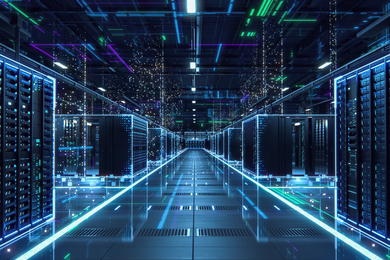Unveiling the Future of Science & Technology

Ultrasonic device dramatically speeds harvesting of water from the air
The system can be paired with any atmospheric water harvesting material to shake out drinking water in...
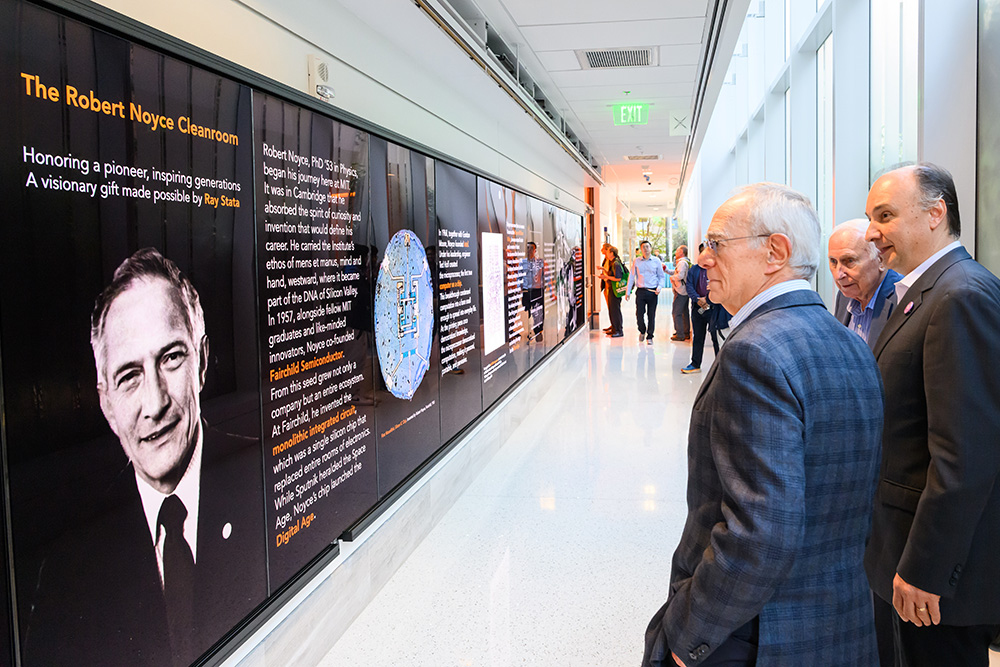
From nanoscale to global scale: Advancing MIT’s special initiatives in manufacturing, health, and cl...
MIT.nano cleanroom complex named after Robert Noyce PhD ’53 at the 2025 Nano Summit.

New lightweight polymer film can prevent corrosion
Because it’s nearly impermeable to gases, the polymer coating developed by MIT engineers could be used...

MIT physicists observe key evidence of unconventional superconductivity in magic-angle graphene
The findings could open a route to new forms of higher-temperature superconductors.

New therapeutic brain implants could defy the need for surgery
MIT researchers created microscopic wireless electronic devices that travel through blood and implant...
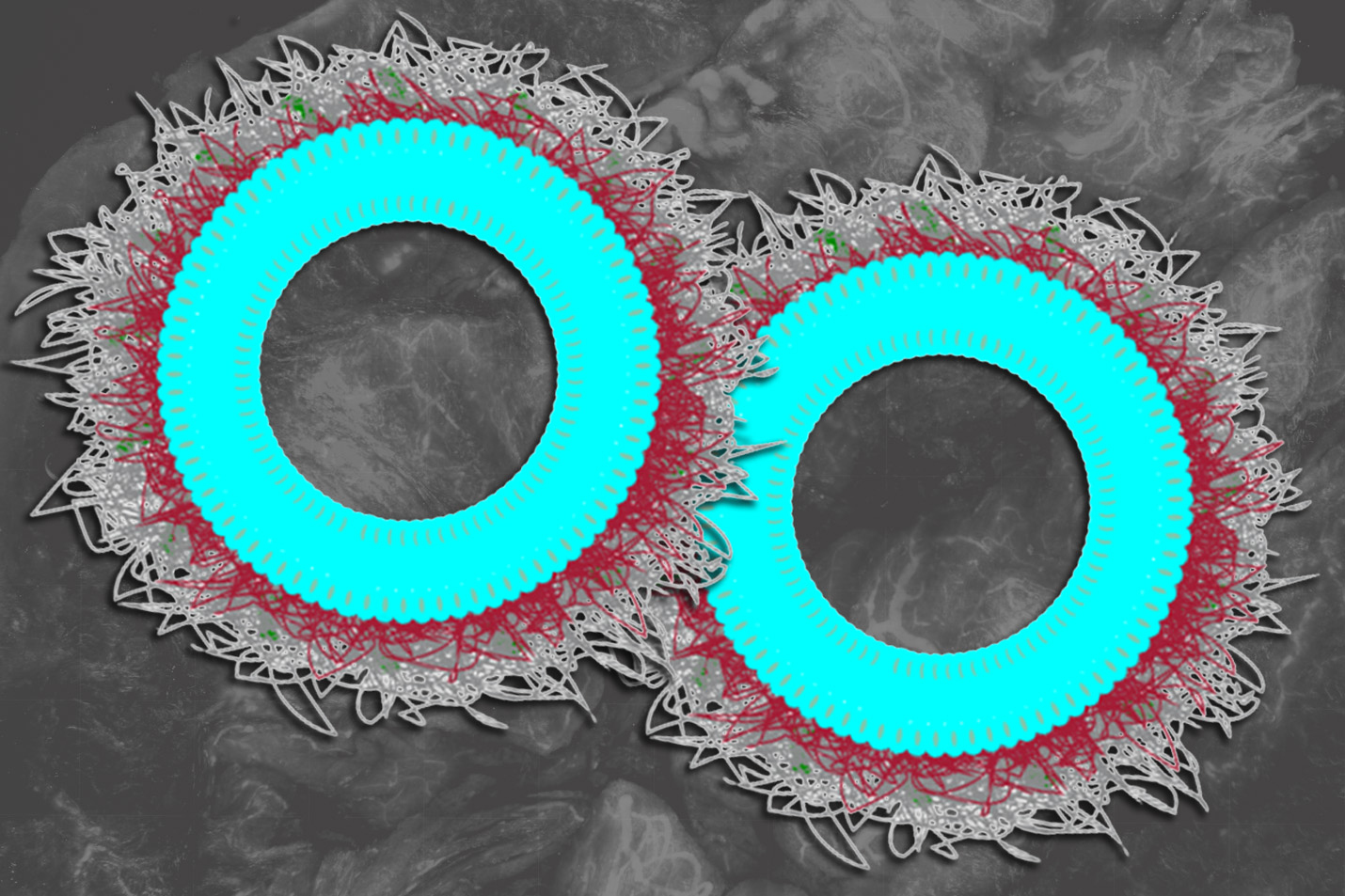
New nanoparticles stimulate the immune system to attack ovarian tumors
Targeted particles carrying the cytokine IL-12 can jump-start T cells, allowing them to clear tumors...
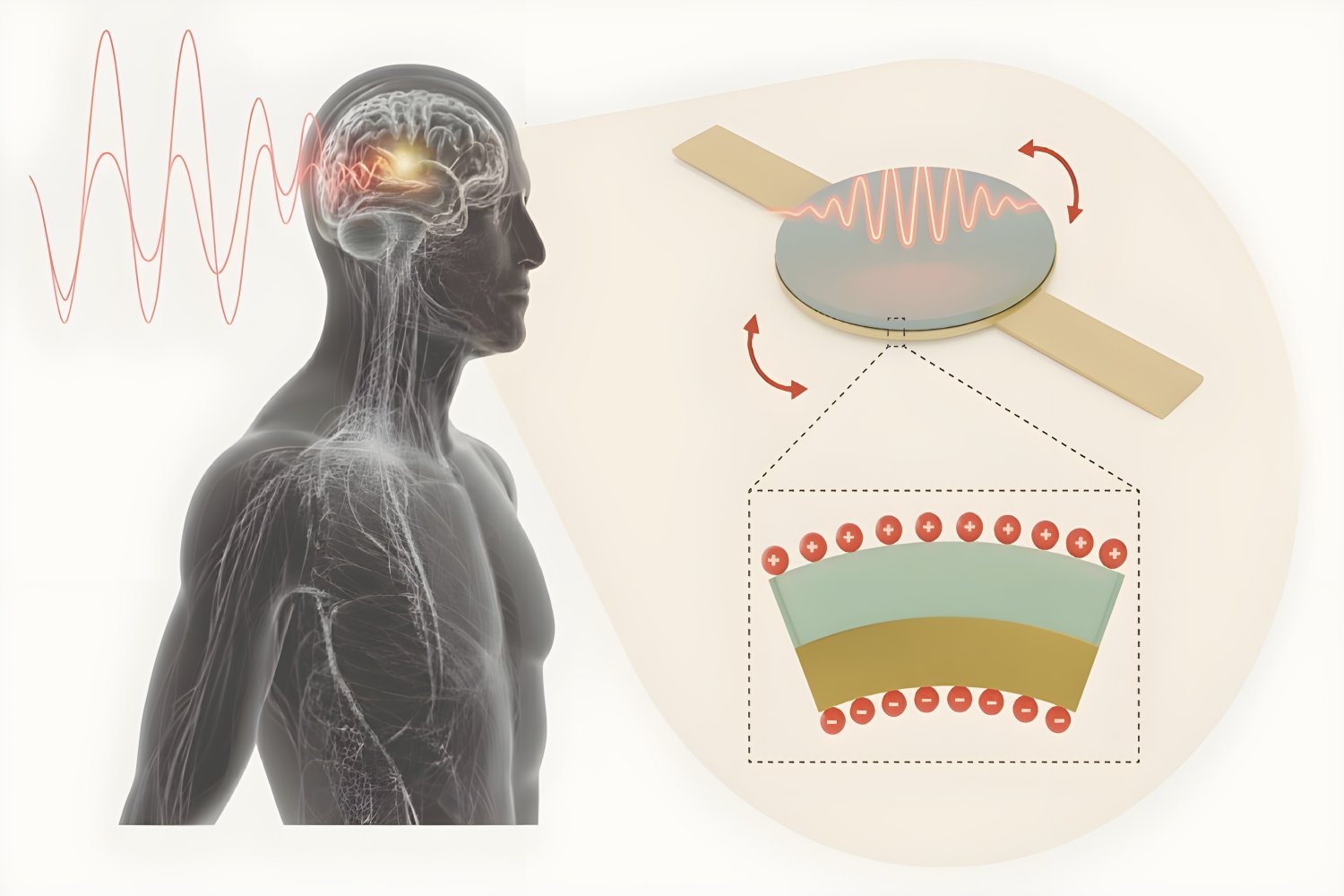
Injectable antenna could safely power deep-tissue medical implants
The technology would allow battery-free, minimally invasive, scalable bioelectronic implants such as...
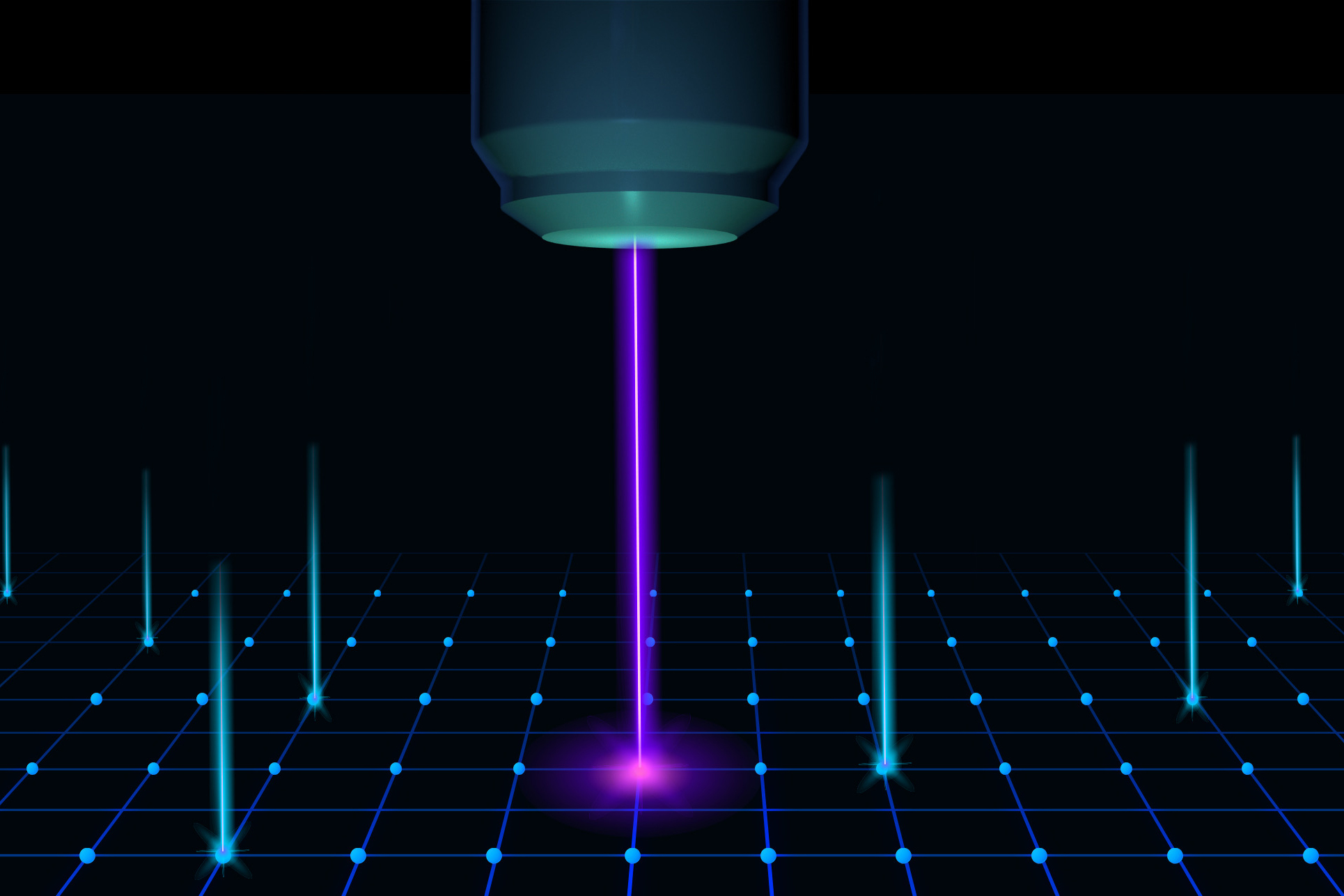
A “seating chart” for atoms helps locate their positions in materials
The DIGIT imaging tool could enable the design of quantum devices and shed light on atomic-scale processes...

Solar energy startup Active Surfaces wins inaugural PITCH.nano competition
Twelve START.nano companies competed for the grand prize of nanoBucks to be used at MIT.nano’s facil...
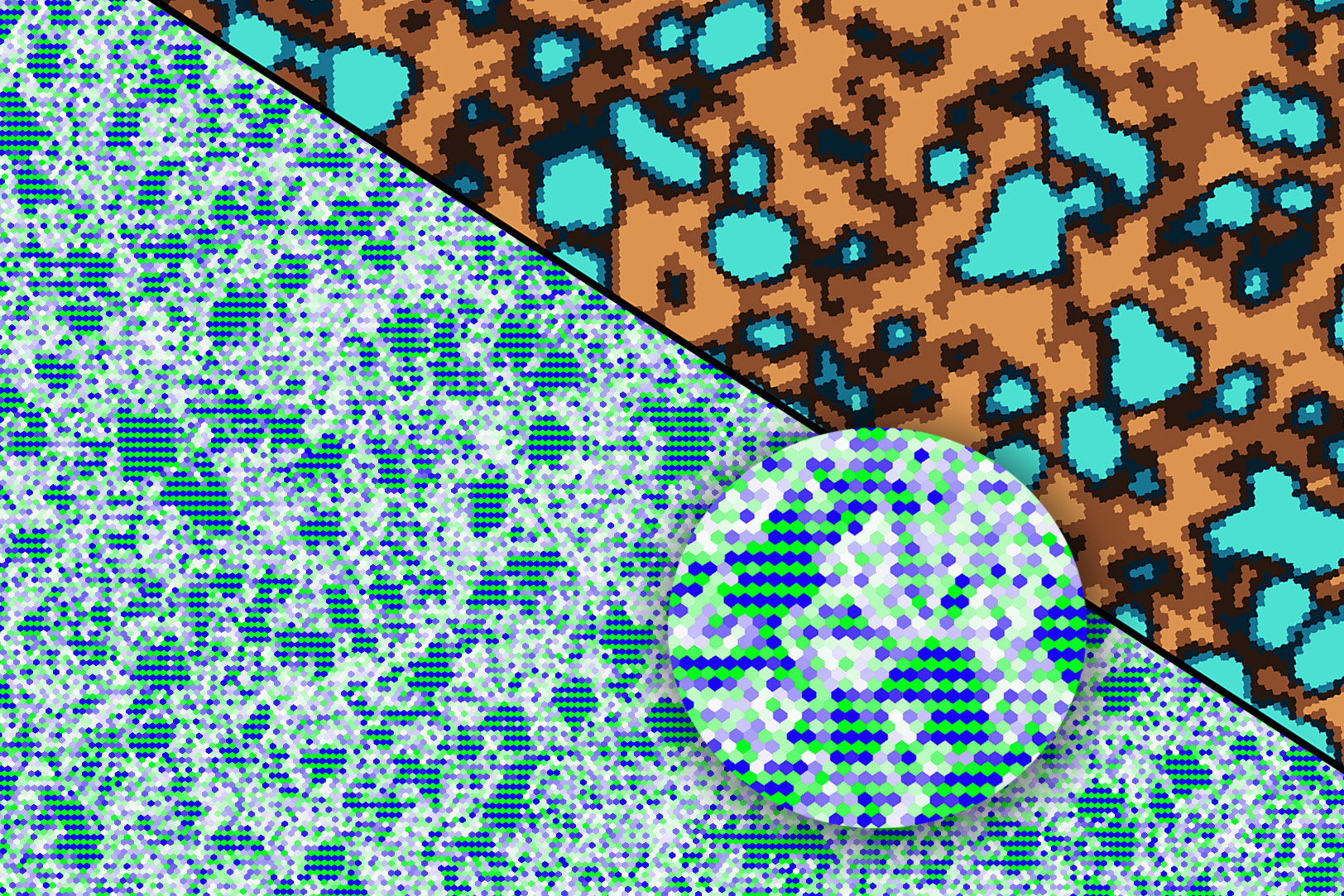
Printable aluminum alloy sets strength records, may enable lighter aircraft parts
Incorporating machine learning, MIT engineers developed a way to 3D print alloys that are much stronger...

Secretary of Energy Chris Wright ’85 visits MIT
Panel discussions focused on innovation in many forms of energy, then a tour of campus featured student...
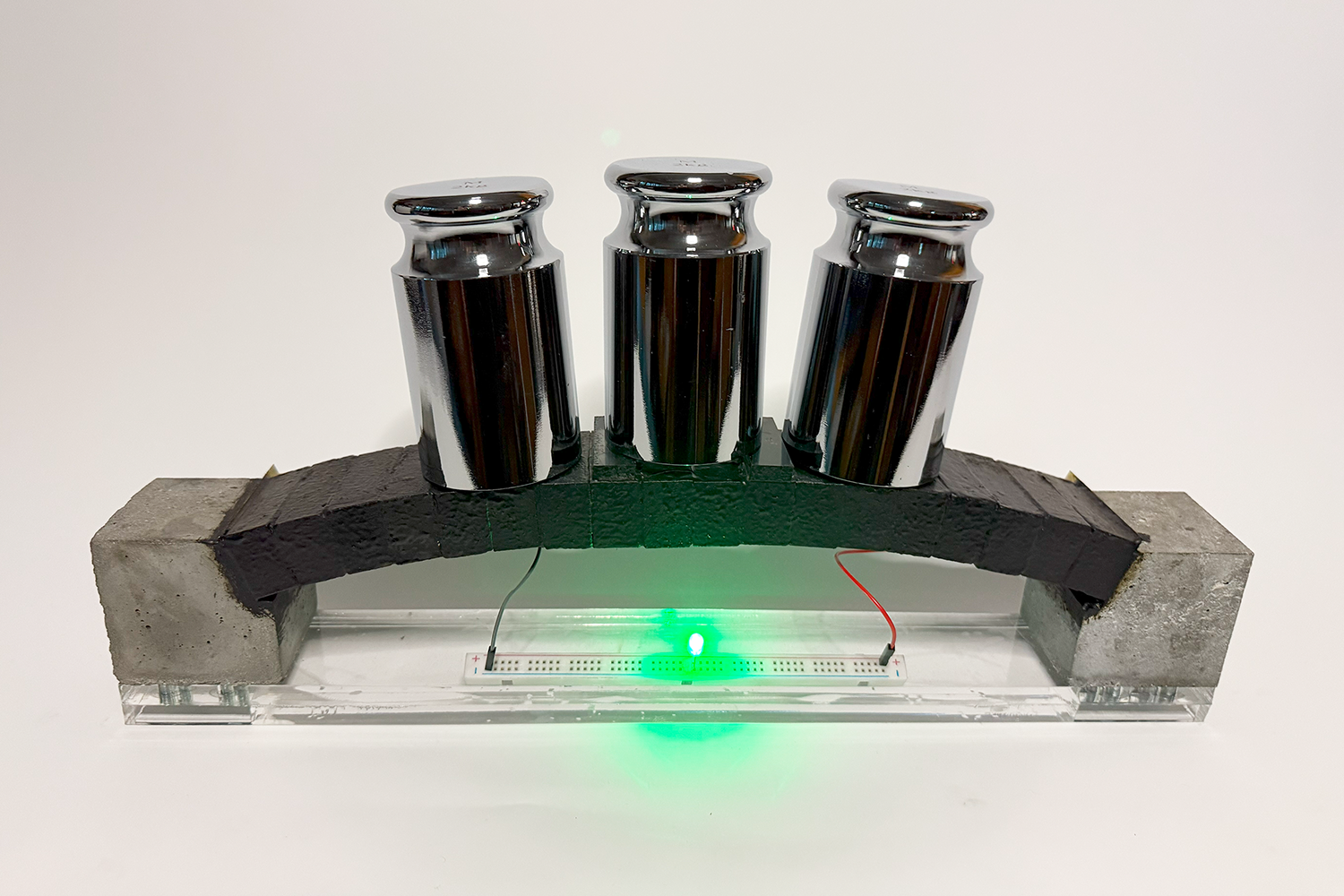
Concrete “battery” developed at MIT now packs 10 times the power
Improved carbon-cement supercapacitors could turn the concrete around us into massive energy storage...

Palladium filters could enable cheaper, more efficient generation of hydrogen fuel
The novel design allows the membranes to withstand high temperatures when separating hydrogen from gas...

AI system learns from many types of scientific information and runs experiments to discover new mate...
The new “CRESt” platform could help find solutions to real-world energy problems that have plagued the...

MIT engineers develop a magnetic transistor for more energy-efficient electronics
A new device concept opens the door to compact, high-performance transistors with built-in memory.
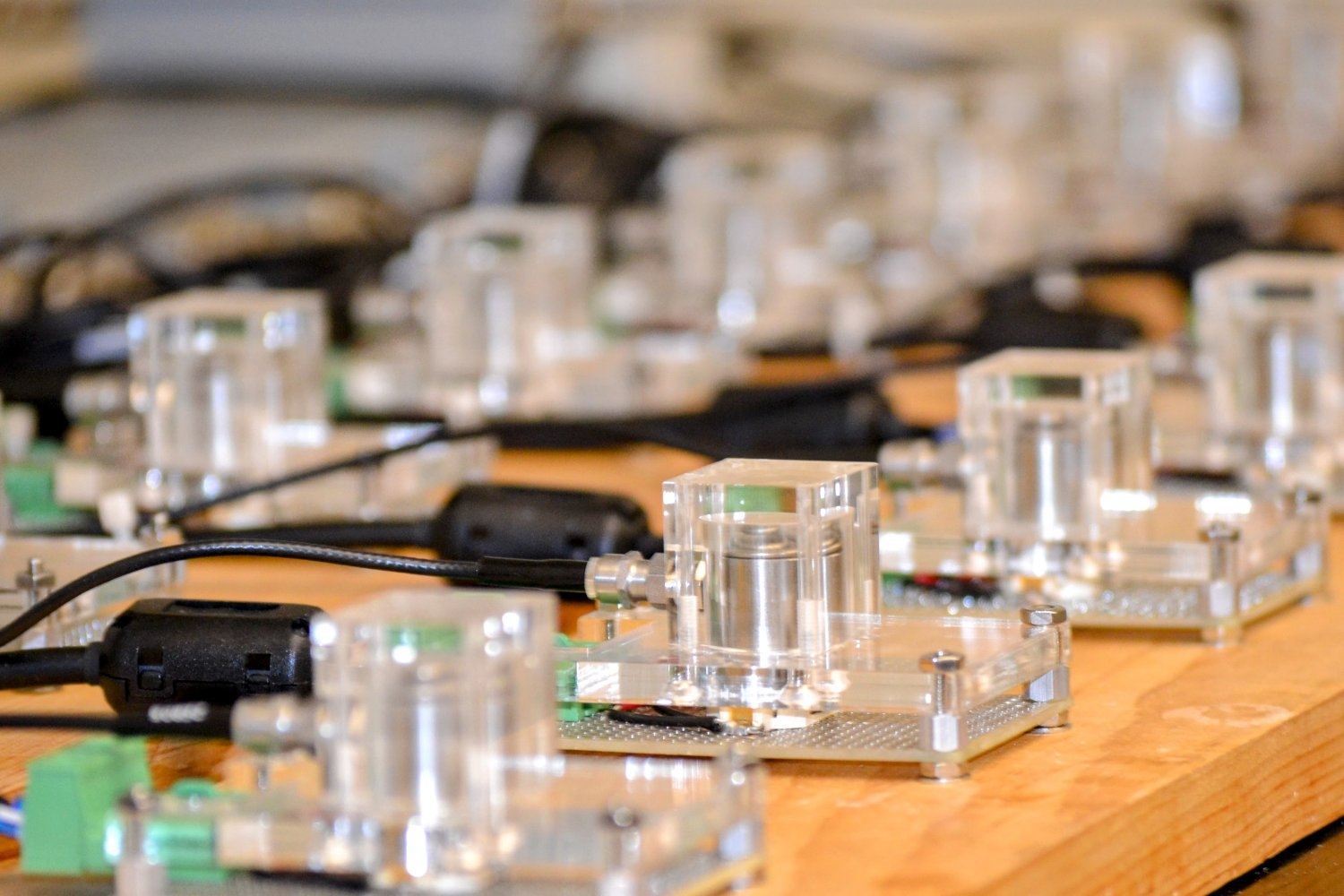
Decoding the sounds of battery formation and degradation
New findings could provide a way to monitor batteries for sounds that could guide manufacturing, indicate...
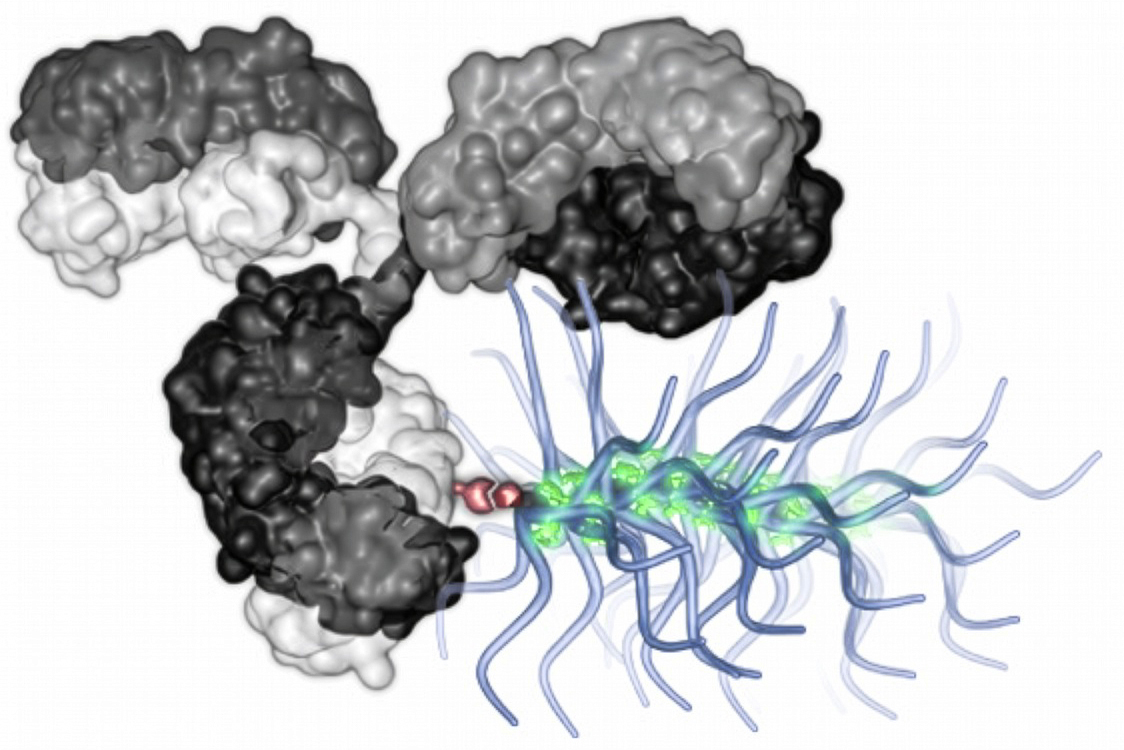
“Bottlebrush” particles deliver big chemotherapy payloads directly to cancer cells
Outfitted with antibodies that guide them to the tumor site, the new nanoparticles could reduce the side...
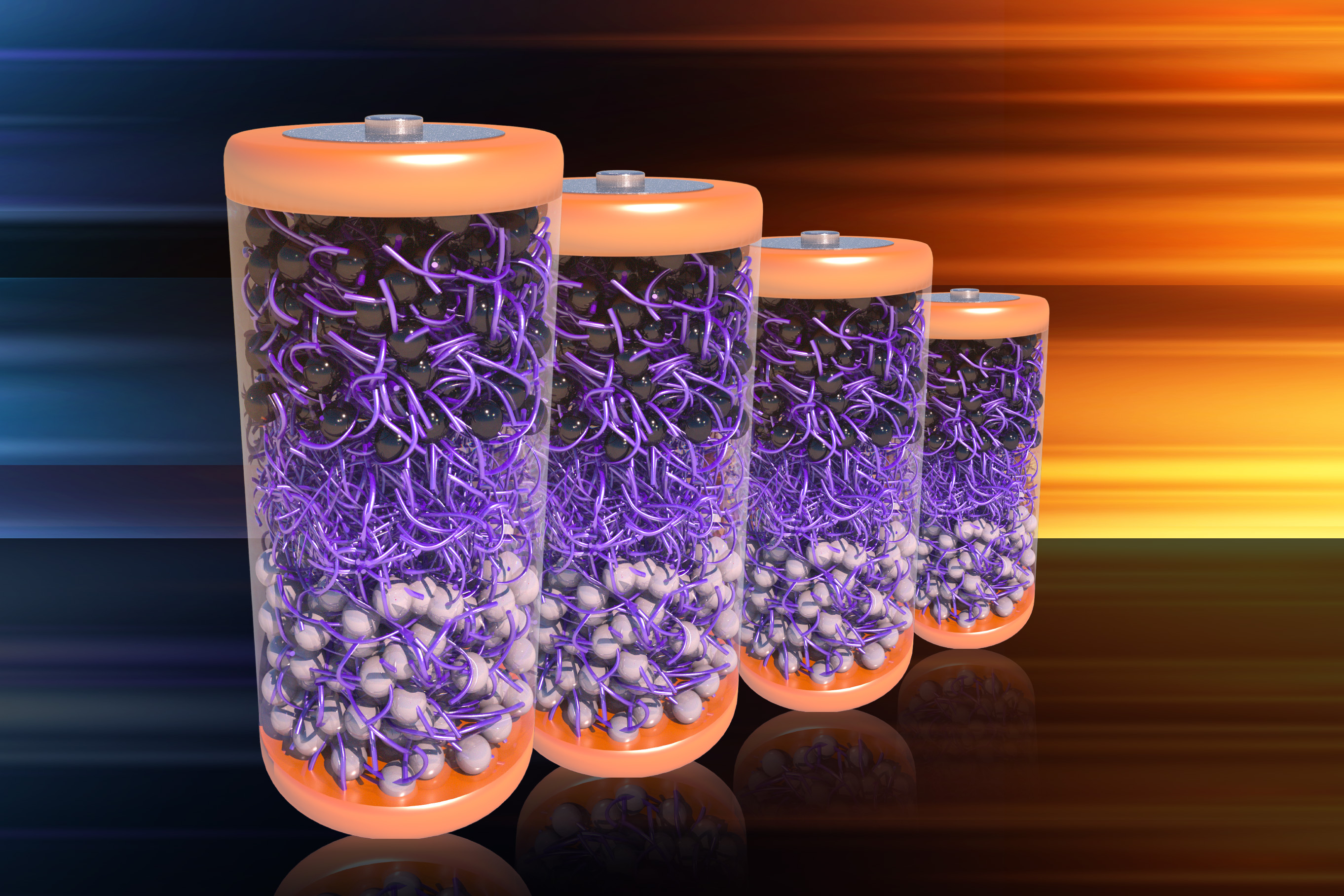
New self-assembling material could be the key to recyclable EV batteries
MIT researchers designed an electrolyte that can break apart at the end of a battery’s life, allowing...

New method could monitor corrosion and cracking in a nuclear reactor
By directly imaging material failure in 3D, this real-time technique could help scientists improve reactor...

New laser “comb” can enable rapid identification of chemicals with extreme precision
The ultrabroadband infrared frequency comb could be used for chemical detection in portable spectrometers...
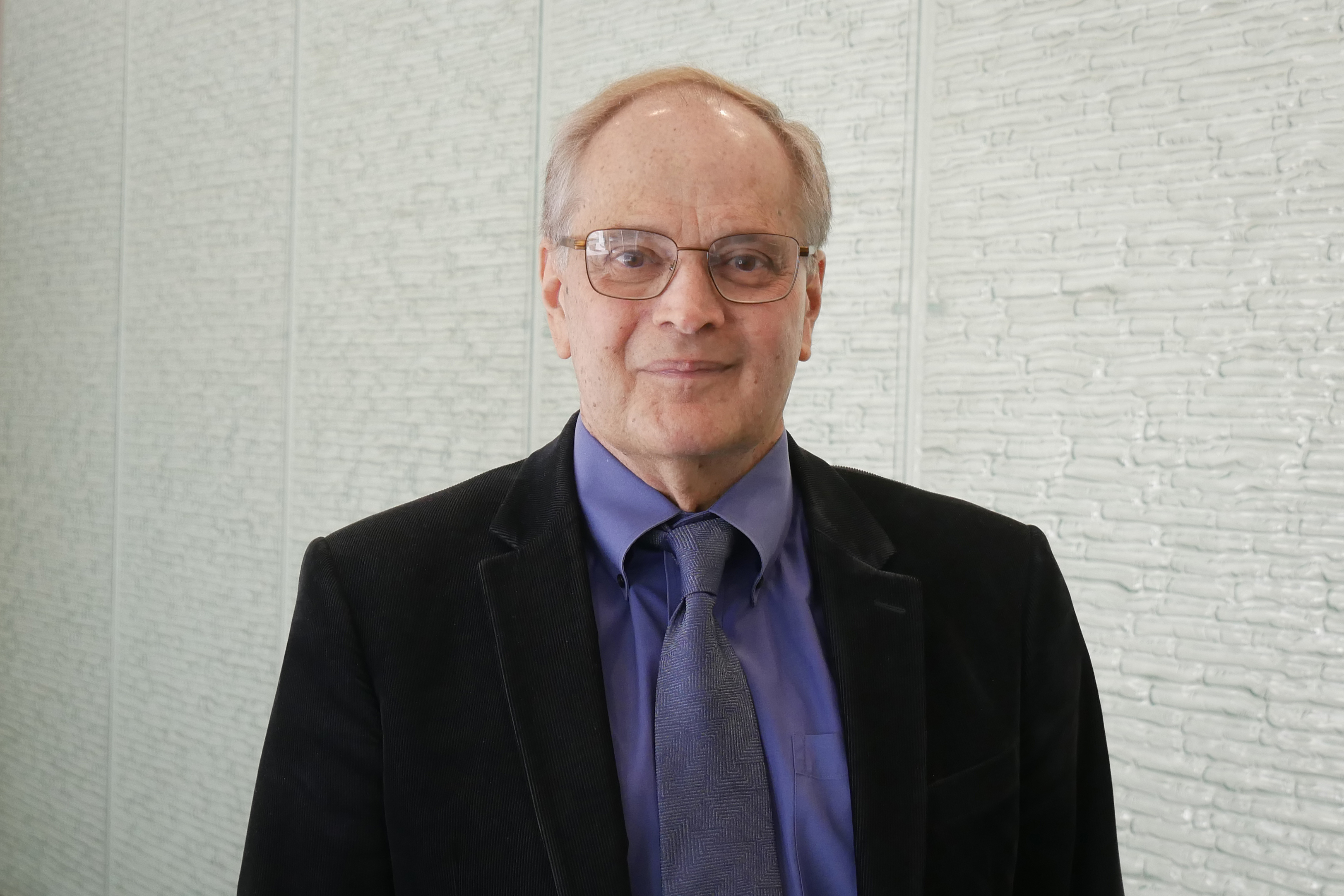
Professor John Joannopoulos, photonics pioneer and Institute for Soldier Nanotechnologies director, dies...
Over 50 years at MIT, the condensed-matter physicist led the development of photonic crystals, translating...
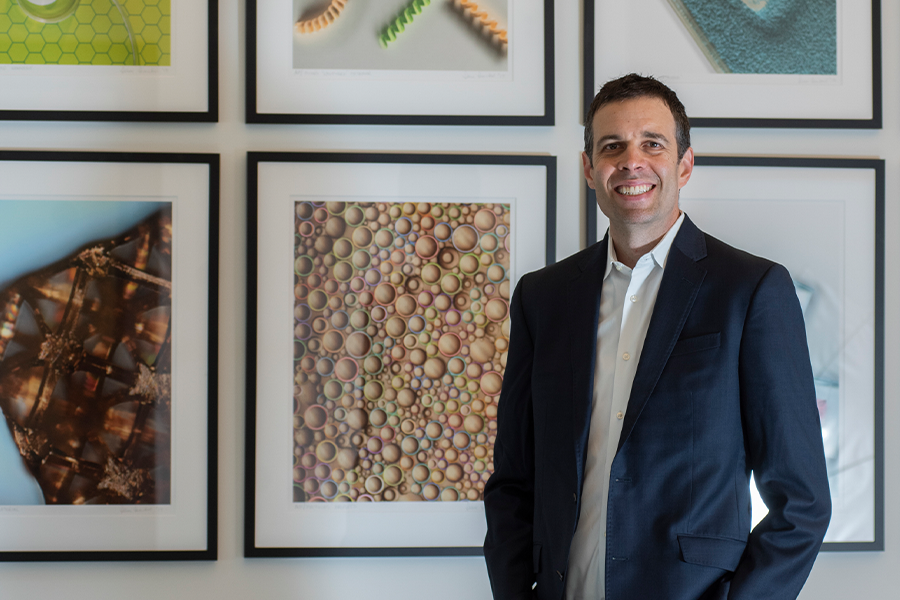
MIT gears up to transform manufacturing
The Initiative for New Manufacturing is convening experts across the Institute to drive a transformation...

Would you like that coffee with iron?
New microparticles containing iron or iodine could be used to fortify food and beverages, to help fight...
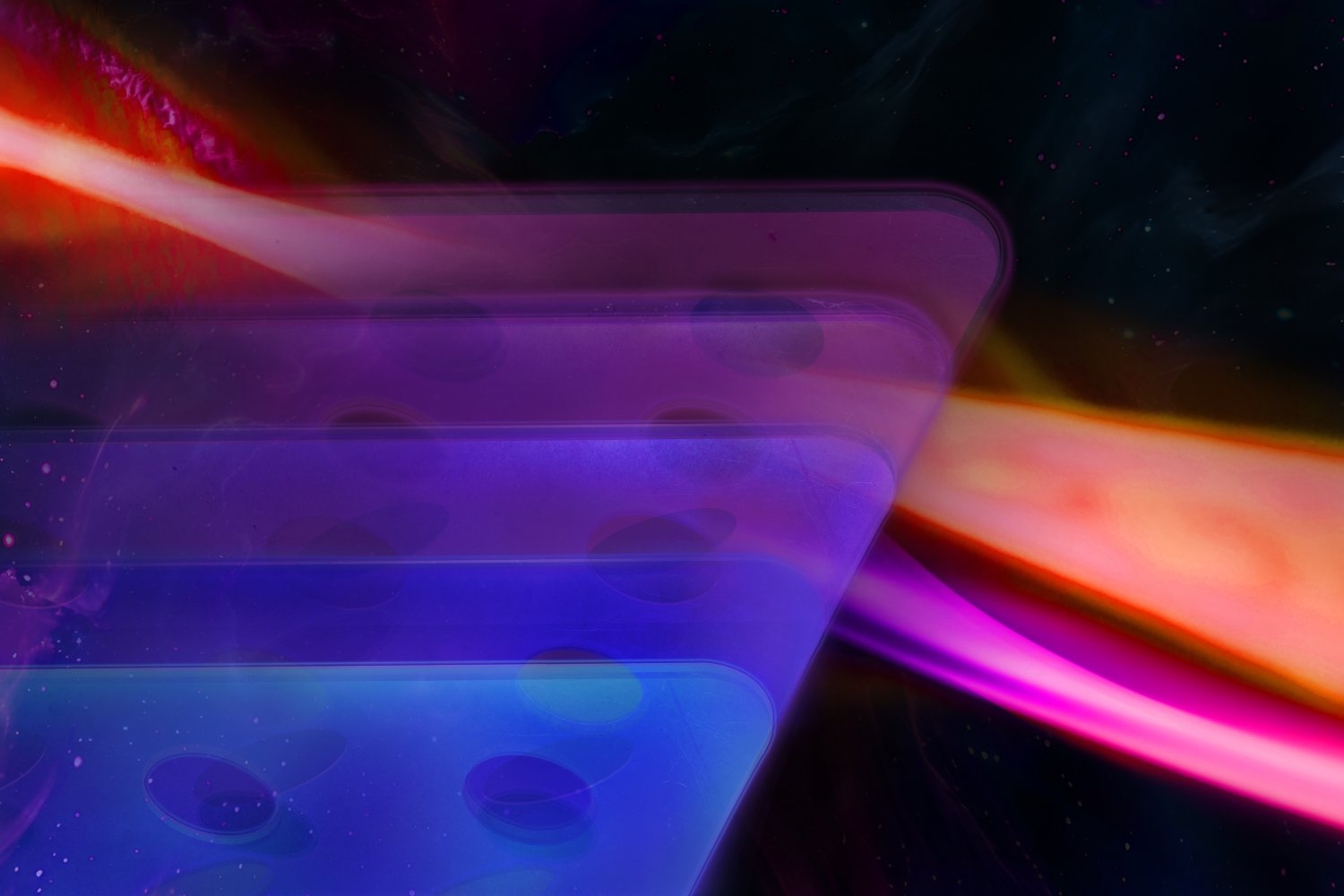
Ultrasmall optical devices rewrite the rules of light manipulation
Nanophotonic devices developed at MIT are compact, efficient, reprogrammable, adaptive, and able to dynamically...

Creeping crystals: Scientists observe “salt creep” at the single-crystal scale
Device Research Lab study uncovers mechanisms behind a phenomenon that can impact civil engineering,...

School of Architecture and Planning recognizes faculty with academic promotions in 2025
The faculty members’ work comprises multifaceted research and scholarship across a wide range of dis...
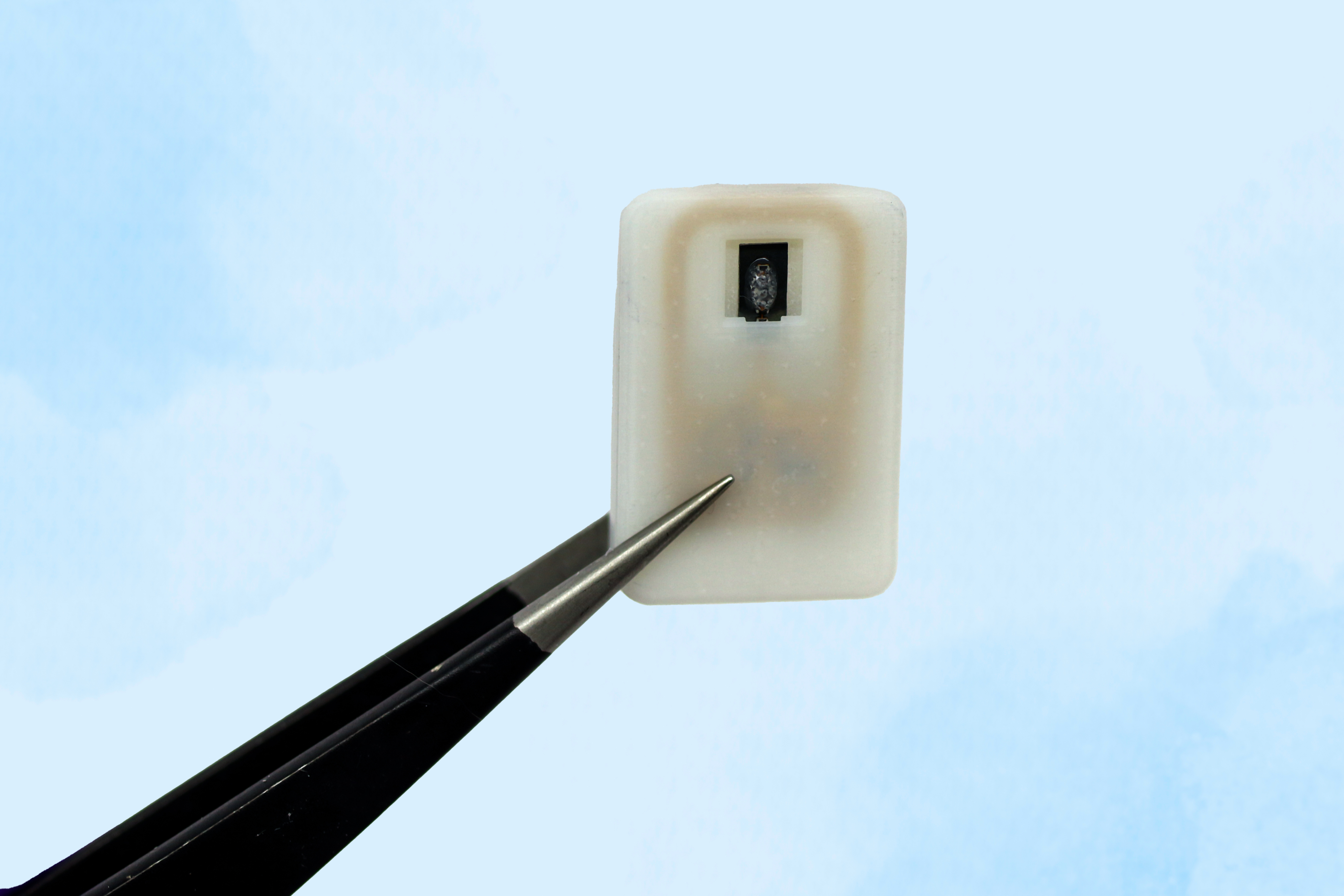
Implantable device could save diabetes patients from dangerously low blood sugar
The new implant carries a reservoir of glucagon that can be stored under the skin and deployed during...
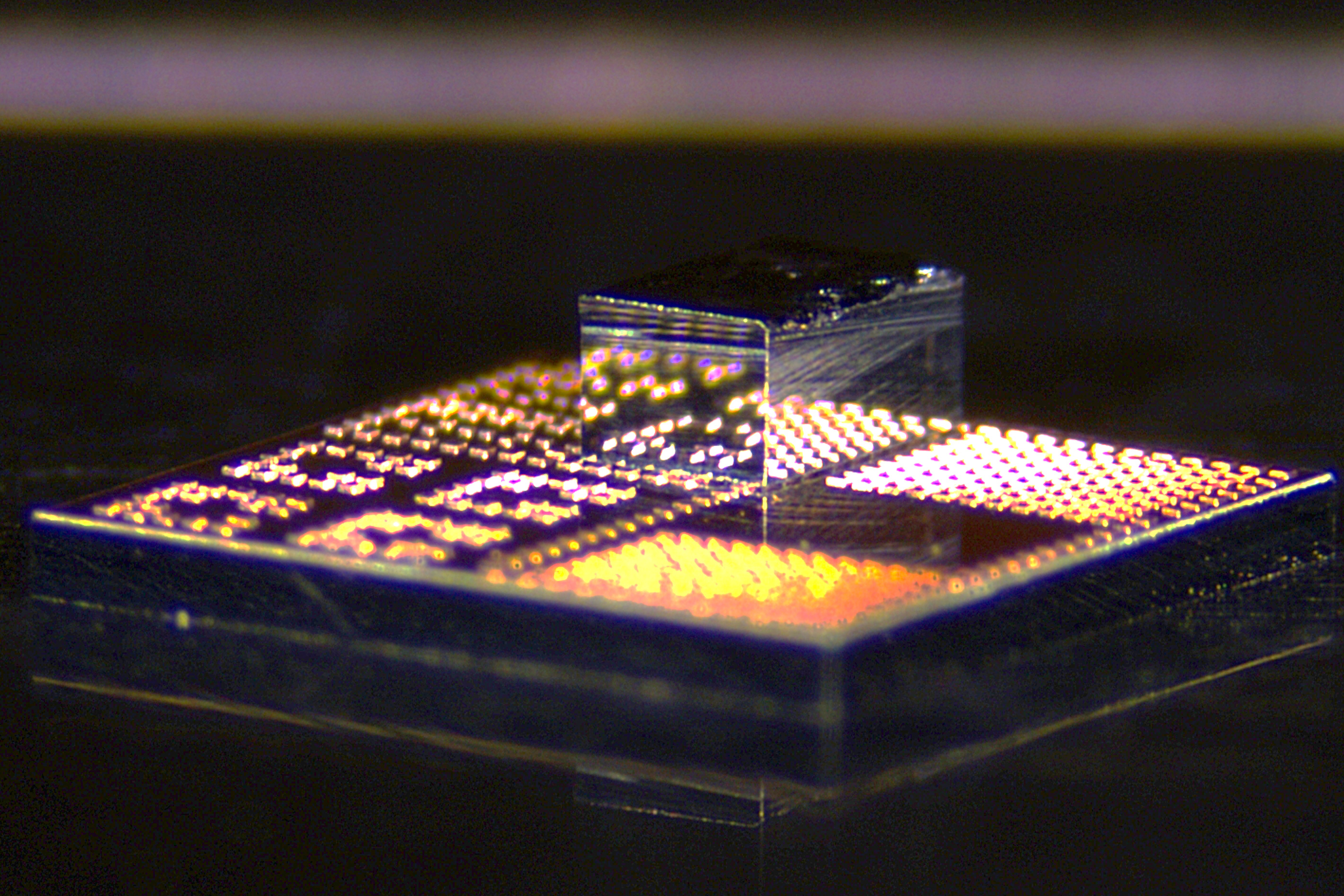
New 3D chips could make electronics faster and more energy-efficient
The low-cost, scalable technology can seamlessly integrate high-speed gallium nitride transistors onto...

Closing in on superconducting semiconductors
Plasma Science and Fusion Center researchers created a superconducting circuit that could one day replace...

Professor Emeritus Hank Smith honored for pioneering work in nanofabrication
Longtime MIT electrical engineer receives SPIE Frits Zernike Award for Microlithography in recognition...
Startup’s biosensor makes drug development and manufacturing cheaper
Protein sensor developed by alumna-founded Advanced Silicon Group can be used for research and quality...

Have a damaged painting? Restore it in just hours with an AI-generated “mask”
A new method can physically restore original paintings using digitally constructed films, which can be...

Window-sized device taps the air for safe drinking water
MIT engineers developed an atmospheric water harvester that produces fresh water anywhere — even Death...
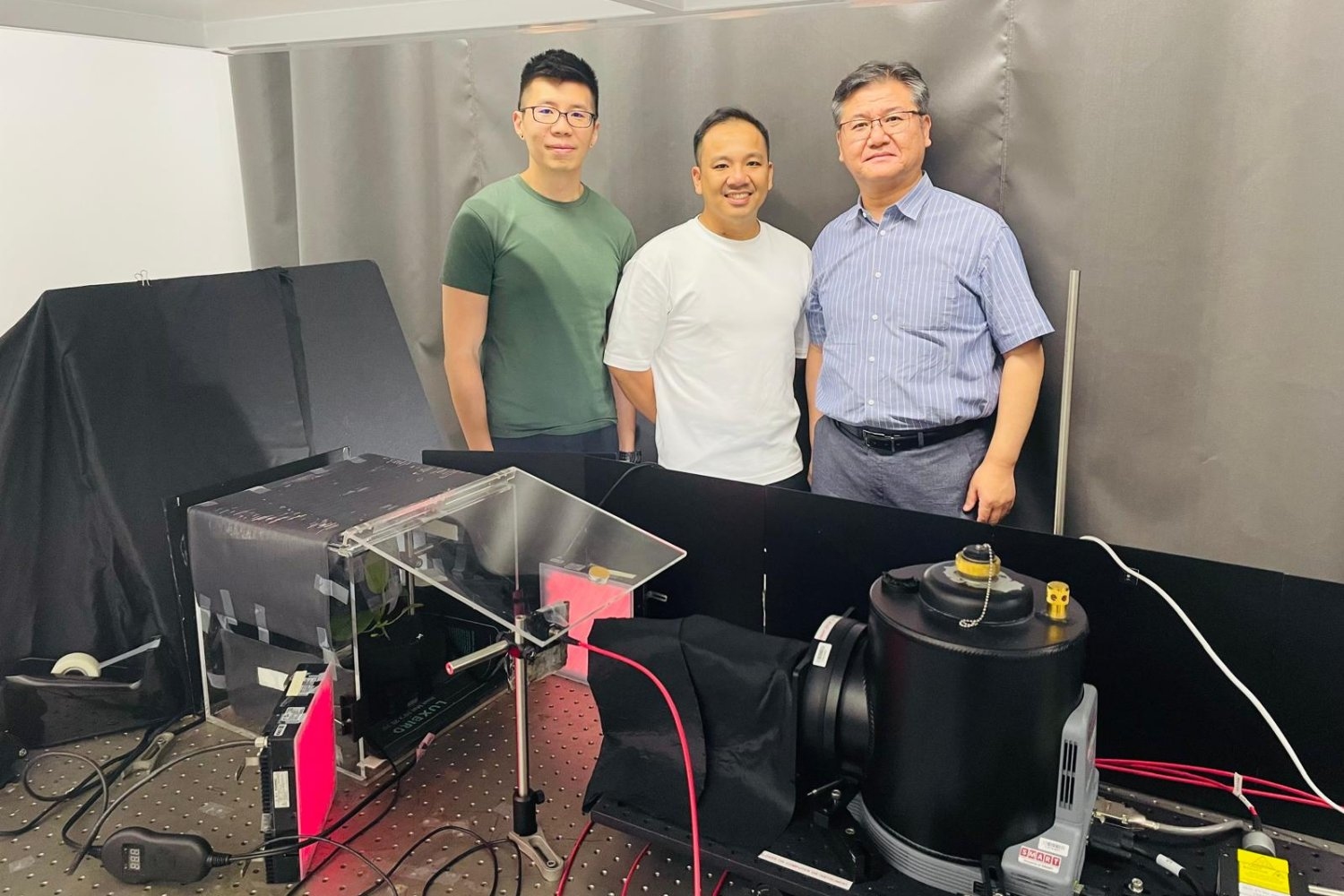
Universal nanosensor unlocks the secrets to plant growth
Researchers from SMART DiSTAP developed the world’s first near-infrared fluorescent nanosensor capable...

At MIT, Lindsay Caplan reflects on artistic crossroads where humans and machines meet
In the inaugural STUDIO.nano Resonance Lecture, the Brown University assistant professor traced how artists...

New fuel cell could enable electric aviation
These devices could pack three times as much energy per pound as today’s best EV batteries, offering...

MIT physicists discover a new type of superconductor that’s also a magnet
The “one-of-a-kind” phenomenon was observed in ordinary graphite.
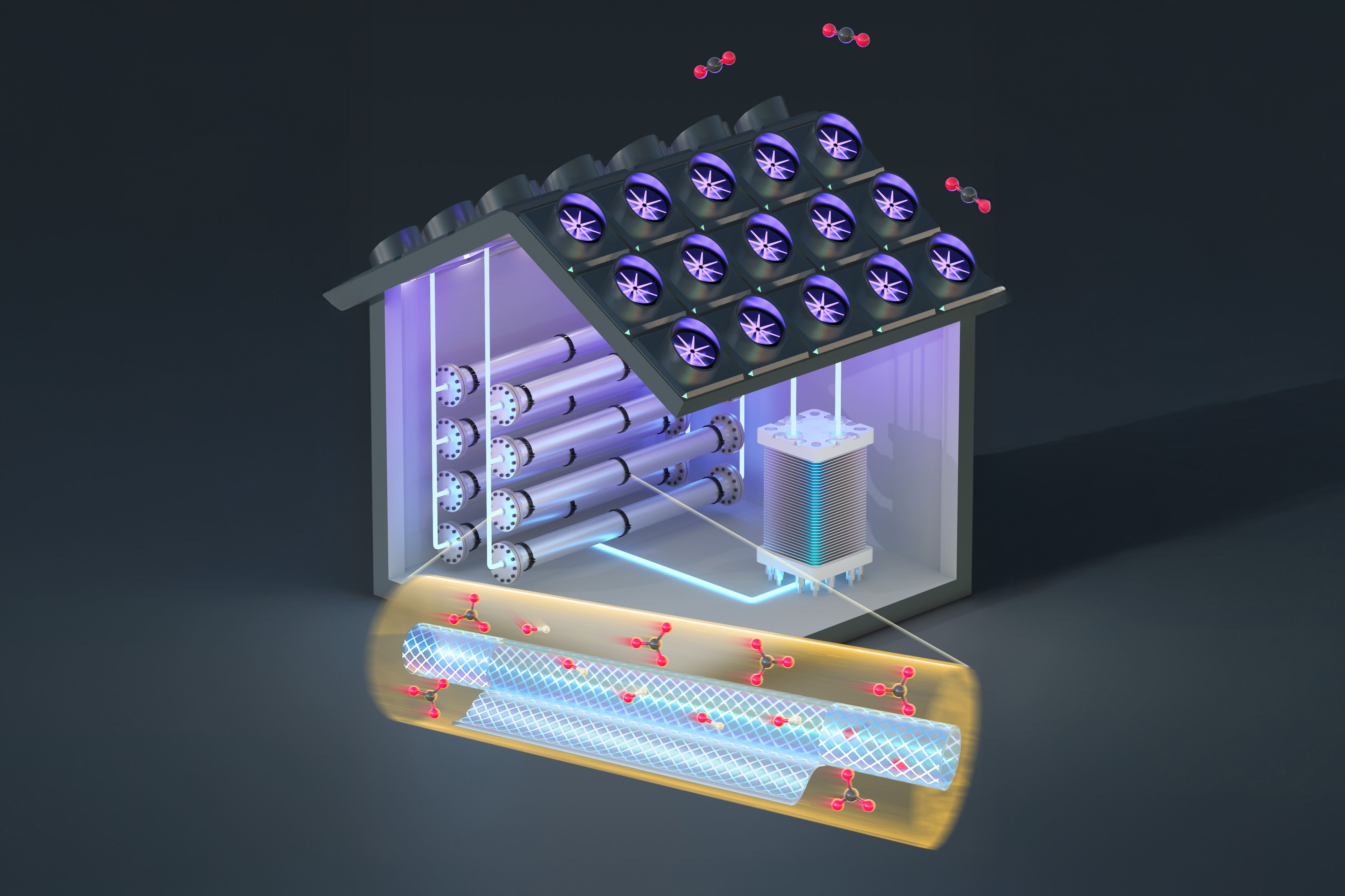
How to solve a bottleneck for CO2 capture and conversion
Today’s carbon capture systems suffer a tradeoff between efficient capture and release, but a new approach...

Researchers discover a shortcoming that makes LLMs less reliable
Large language models can learn to mistakenly link certain sentence patterns with specific topics — and...
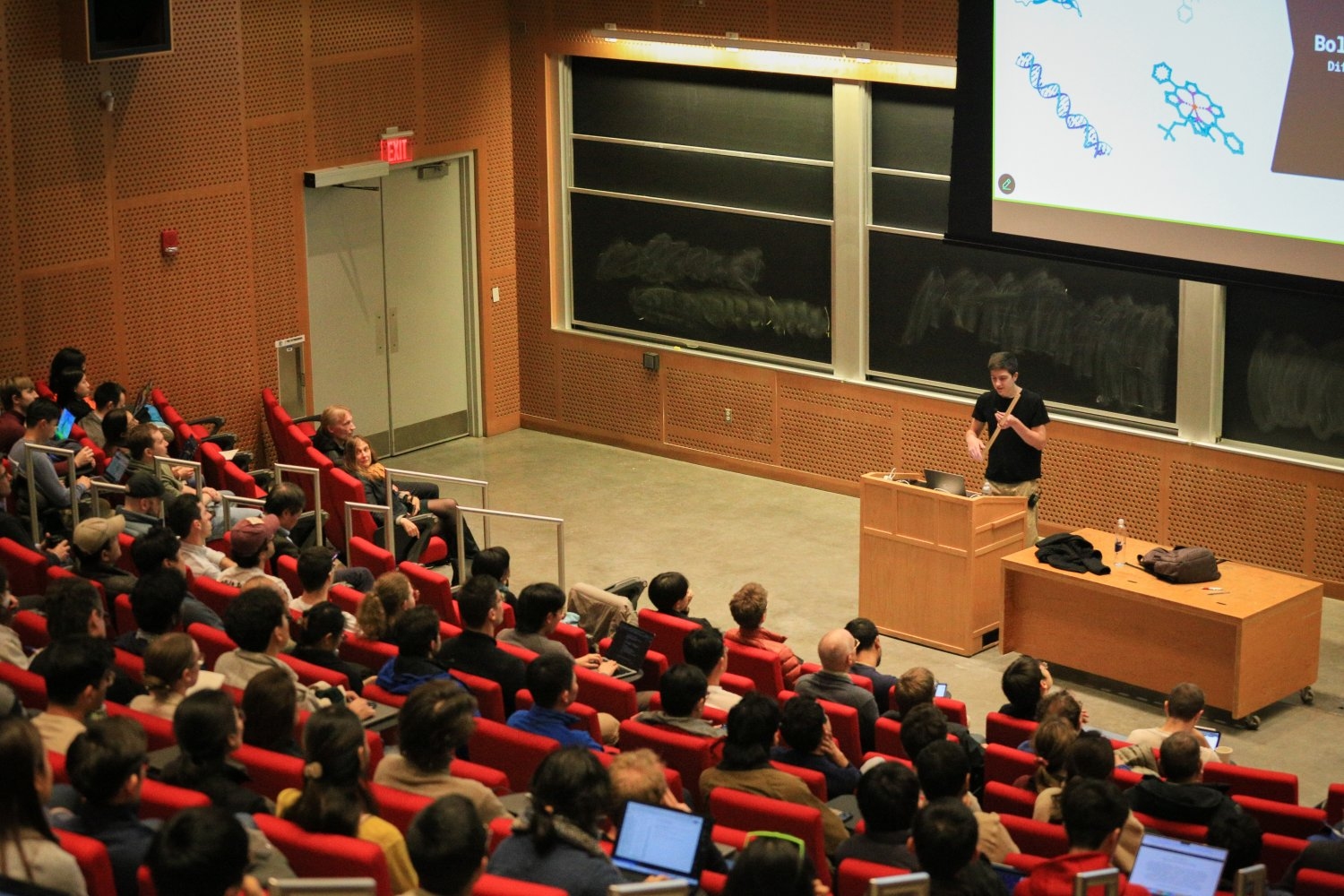
MIT scientists debut a generative AI model that could create molecules addressing hard-to-treat dise...
BoltzGen generates protein binders for any biological target from scratch, expanding AI’s reach from...

How artificial intelligence can help achieve a clean energy future
AI supports the clean energy transition as it manages power grid operations, helps plan infrastructure...
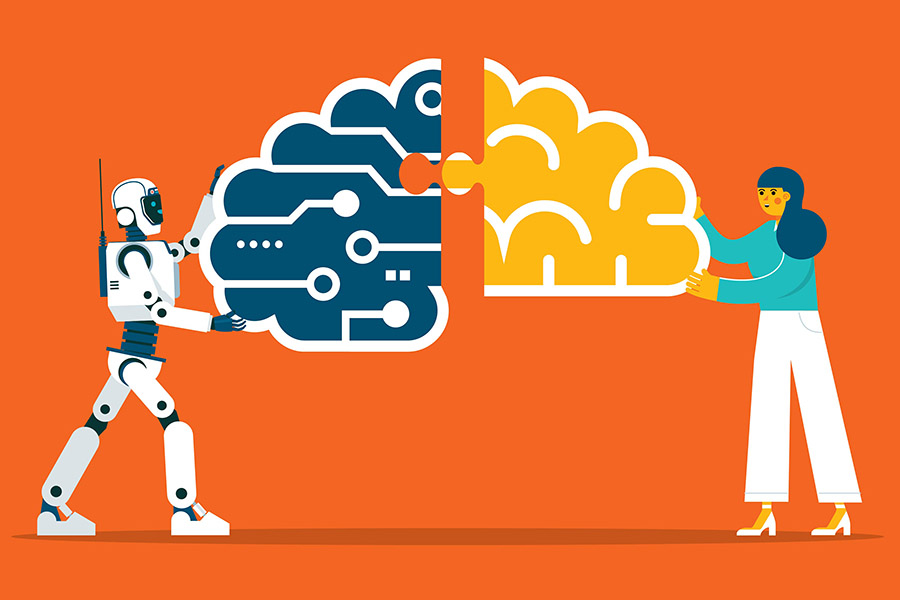
The cost of thinking
MIT neuroscientists find a surprising parallel in the ways humans and new AI models solve complex pr...
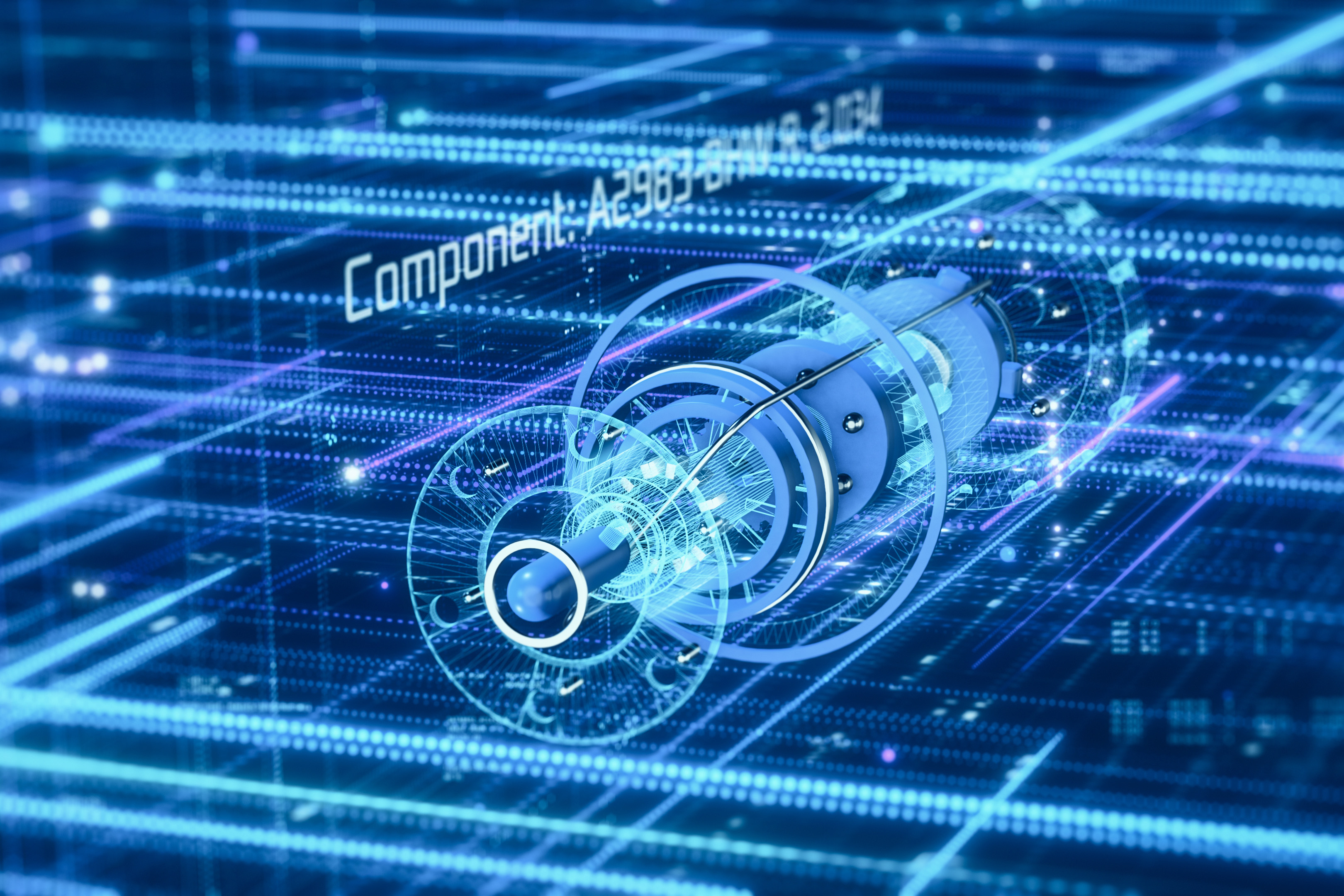
New AI agent learns to use CAD to create 3D objects from sketches
The virtual VideoCAD tool could boost designers’ productivity and help train engineers learning computer-aided...
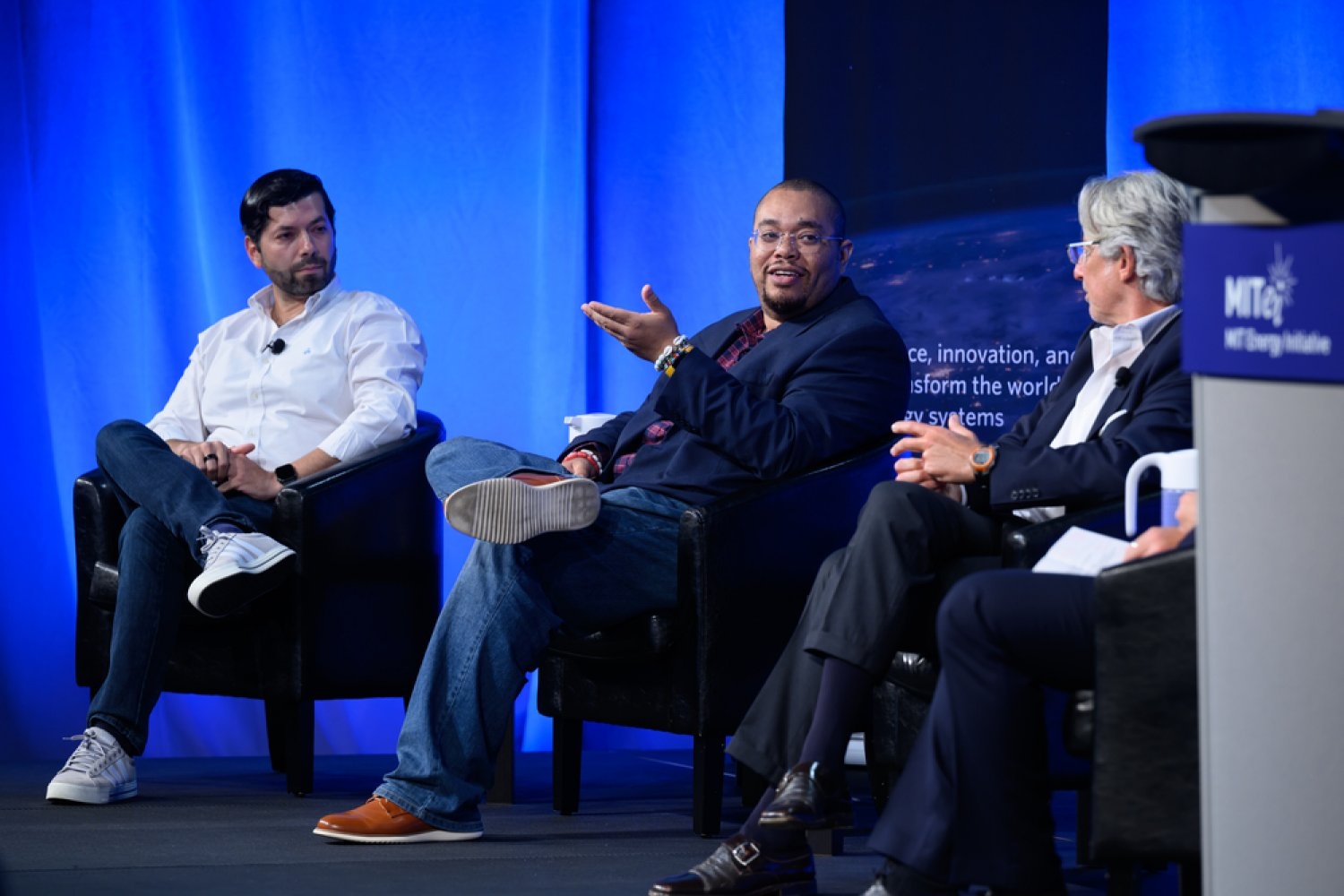
MIT Energy Initiative conference spotlights research priorities amidst a changing energy landscape
Industry leaders agree collaboration is key to advancing critical technologies.
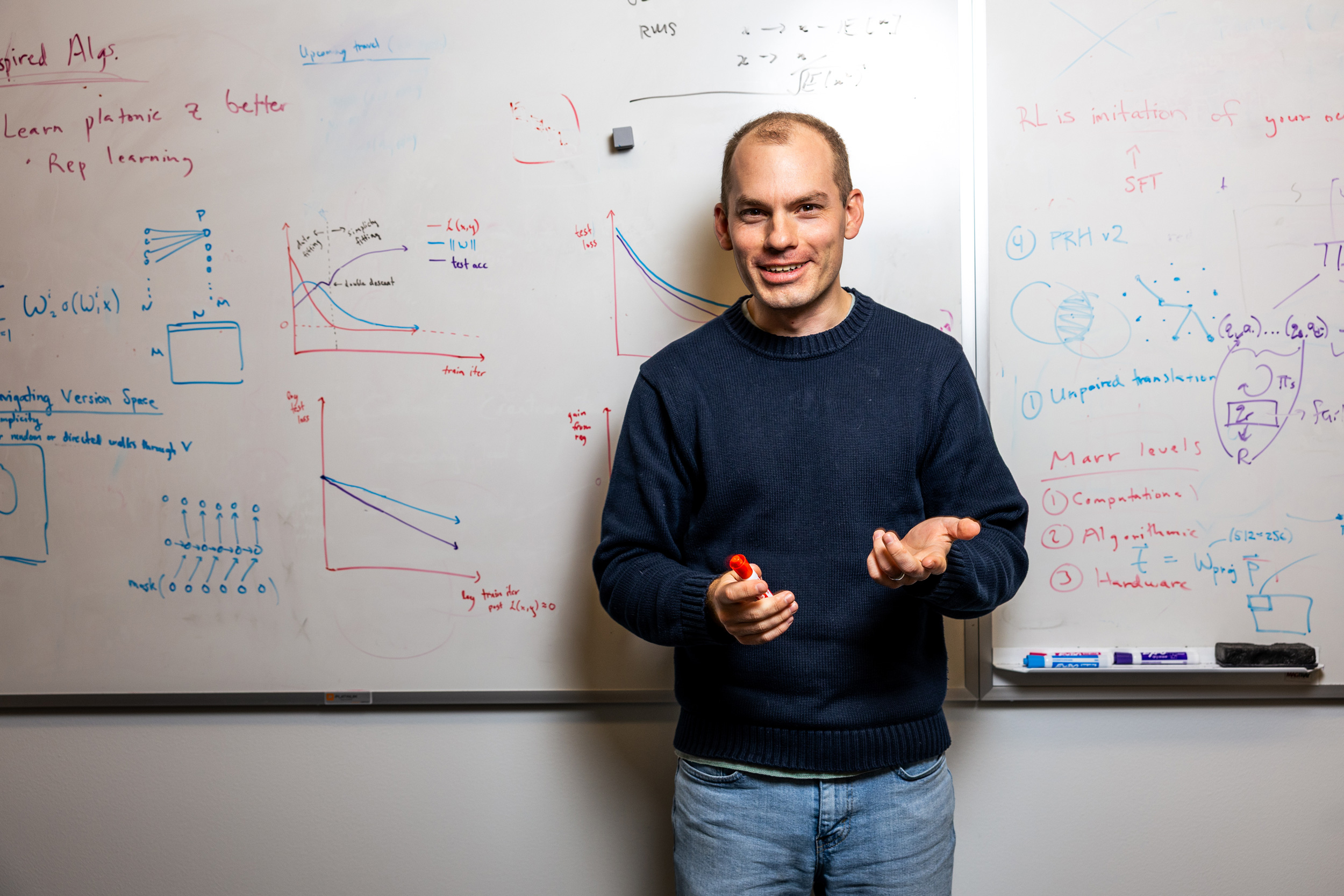
Understanding the nuances of human-like intelligence
Associate Professor Phillip Isola studies the ways in which intelligent machines “think,” in an effort...
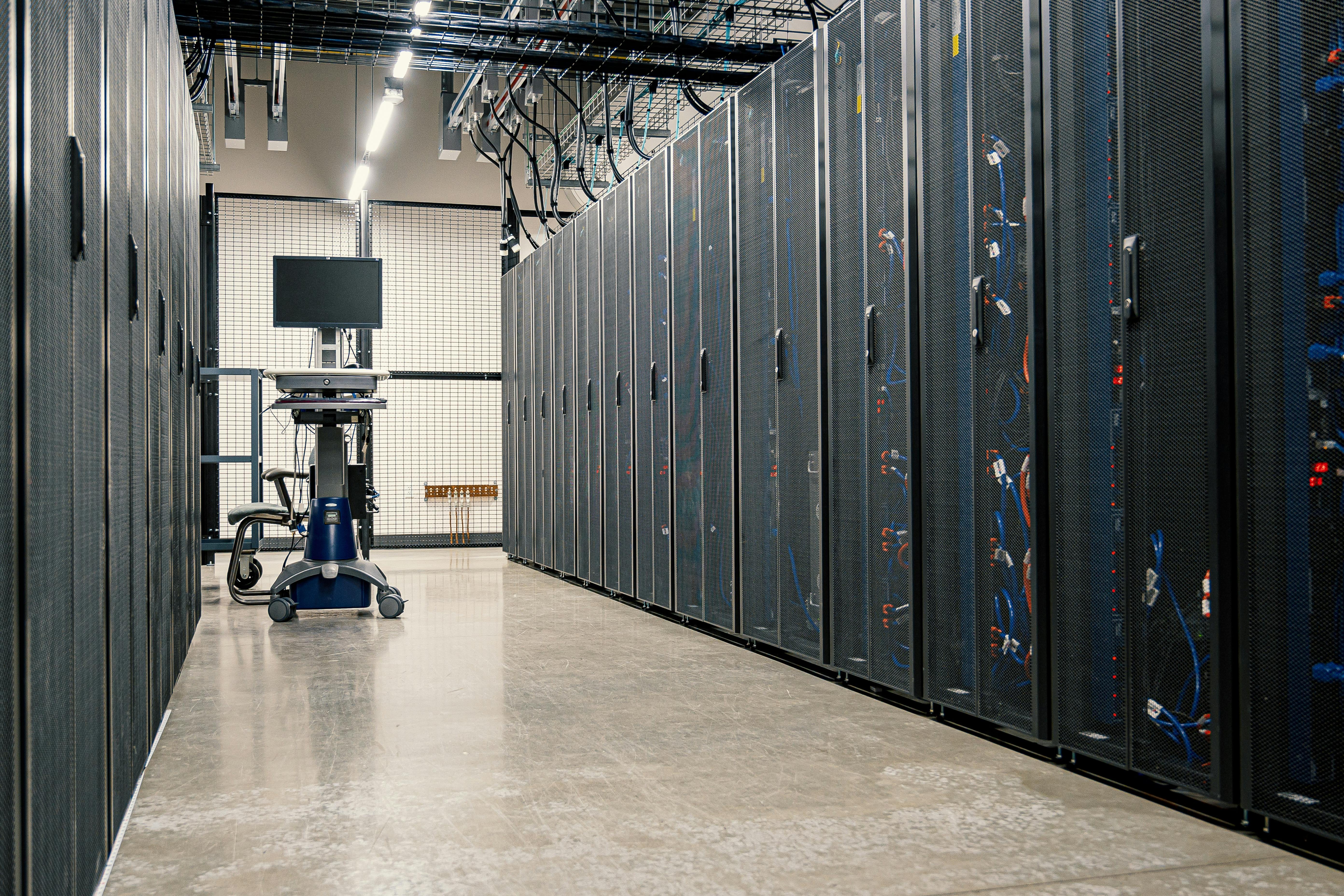
MIT Energy Initiative launches Data Center Power Forum
MIT faculty and MITEI member company experts address power demand from data centers.
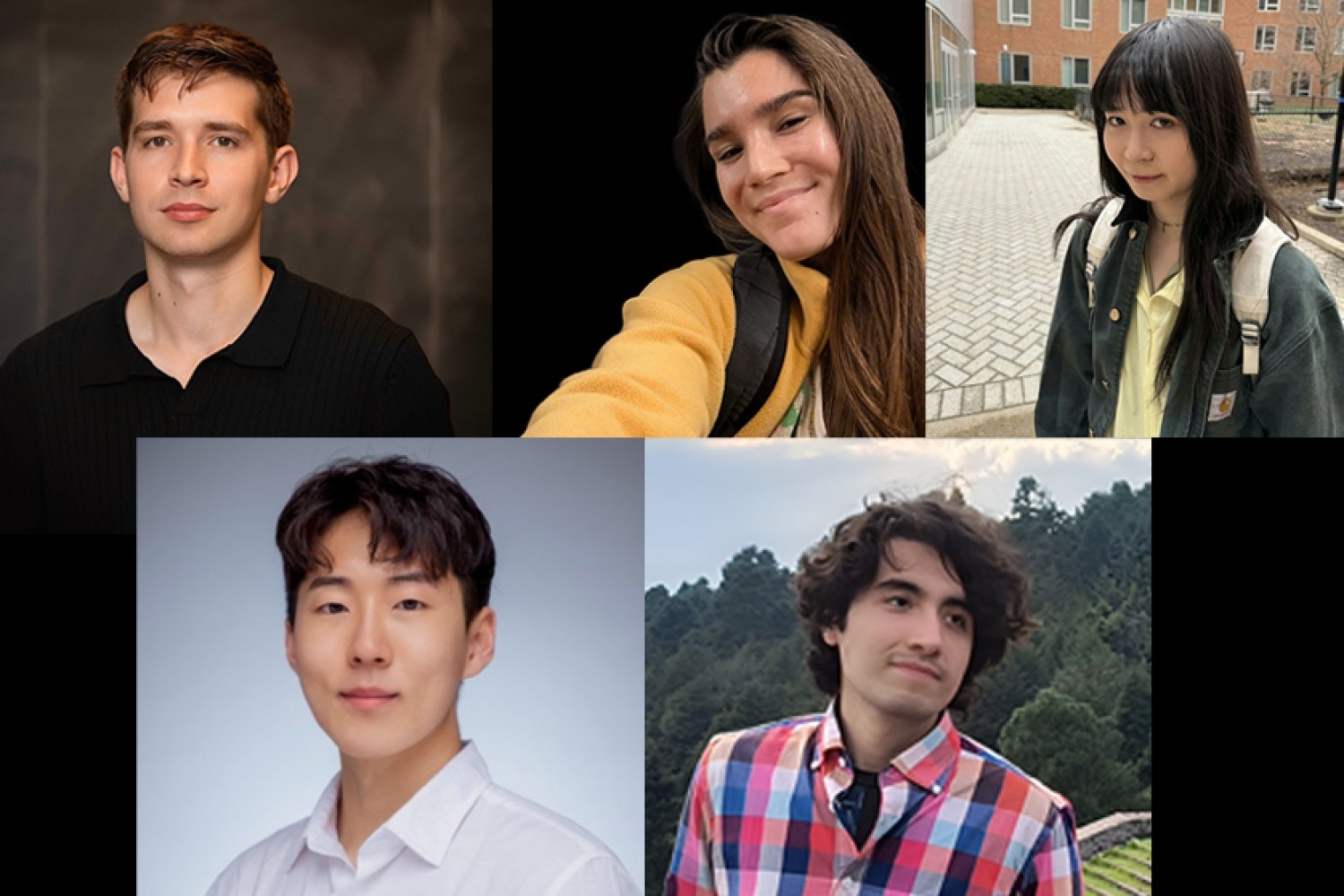
Charting the future of AI, from safer answers to faster thinking
MIT PhD students who interned with the MIT-IBM Watson AI Lab Summer Program are pushing AI tools to be...

MIT researchers propose a new model for legible, modular software
The coding framework uses modular concepts and simple synchronization rules to make software clearer,...

Teaching robots to map large environments
A new approach developed at MIT could help a search-and-rescue robot navigate an unpredictable environment...
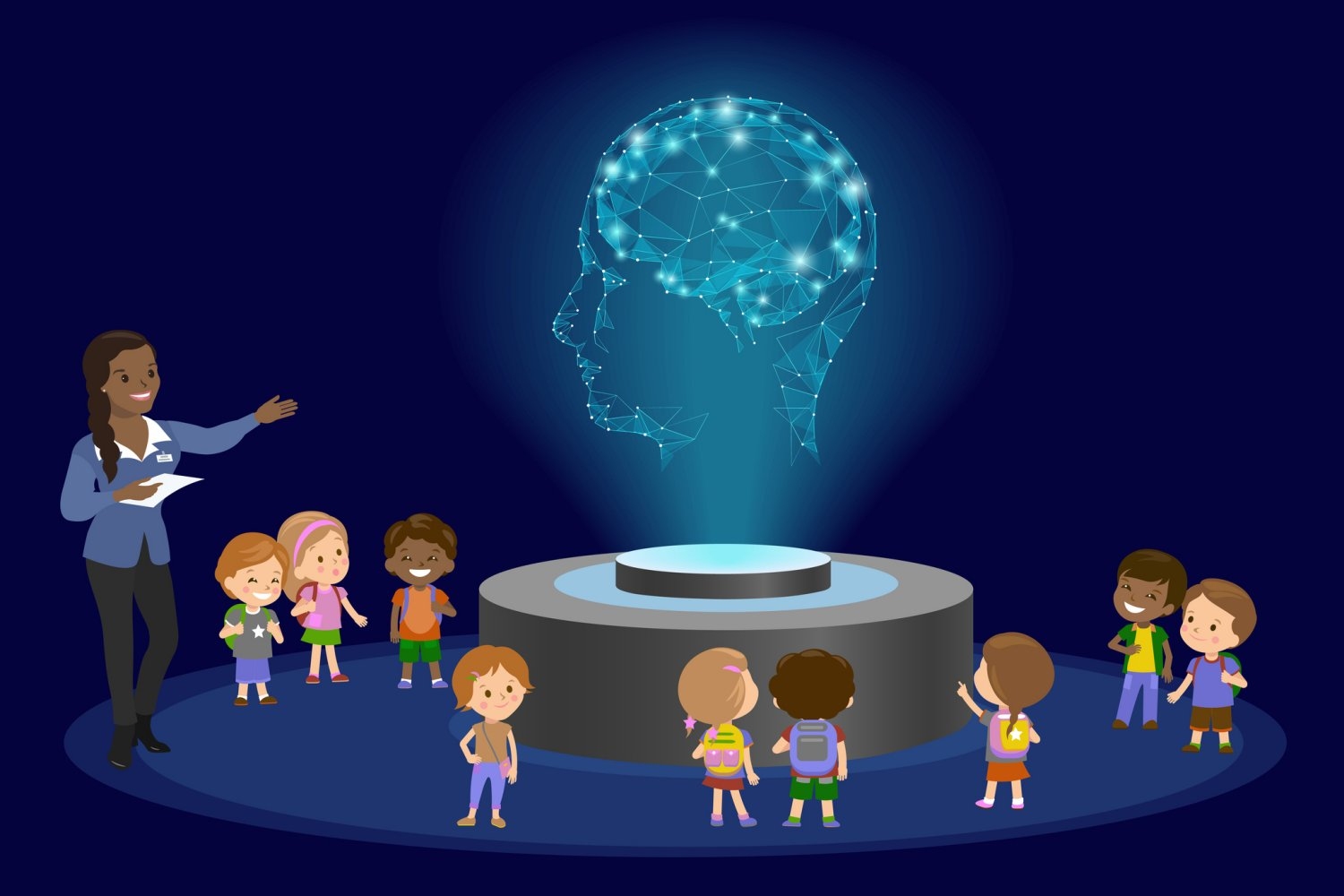
Helping K-12 schools navigate the complex world of AI
MIT’s Teaching Systems Lab, led by Associate Professor Justin Reich, is working to help educators by...
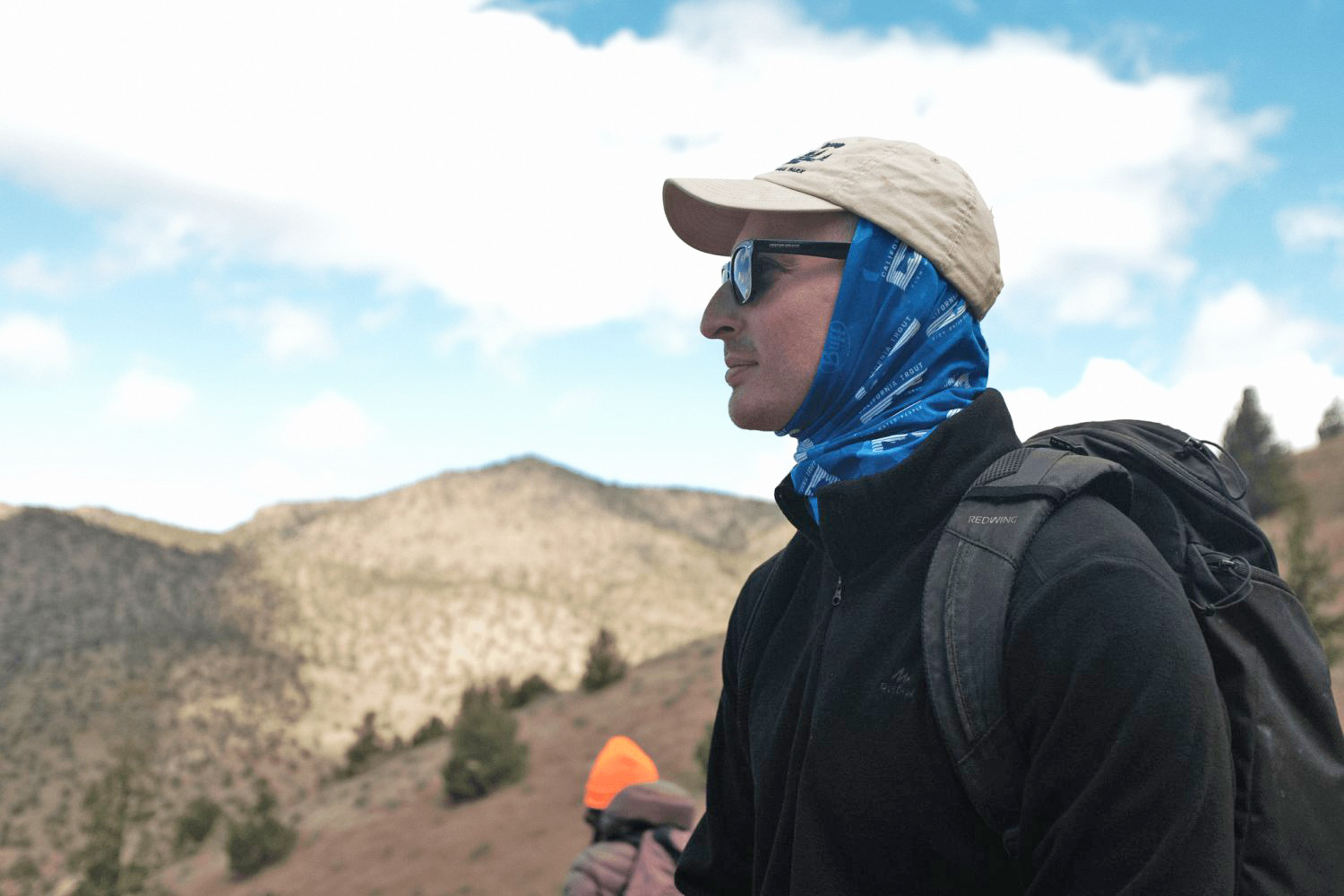
3 Questions: How AI is helping us monitor and support vulnerable ecosystems
MIT PhD student and CSAIL researcher Justin Kay describes his work combining AI and computer vision systems...

A faster problem-solving tool that guarantees feasibility
The FSNet system, developed at MIT, could help power grid operators rapidly find feasible solutions for...
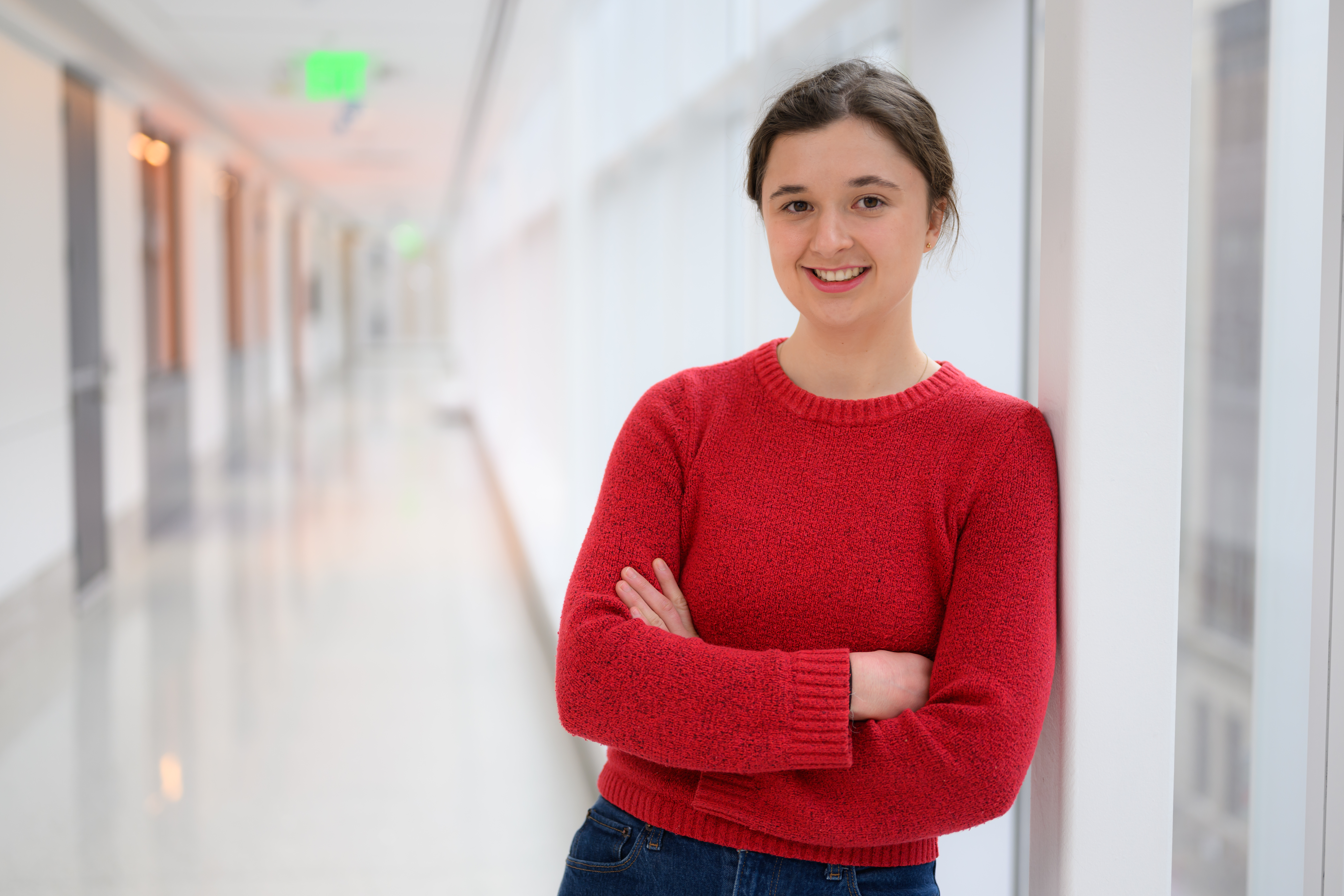
The brain power behind sustainable AI
PhD student Miranda Schwacke explores how computing inspired by the human brain can fuel energy-efficient...
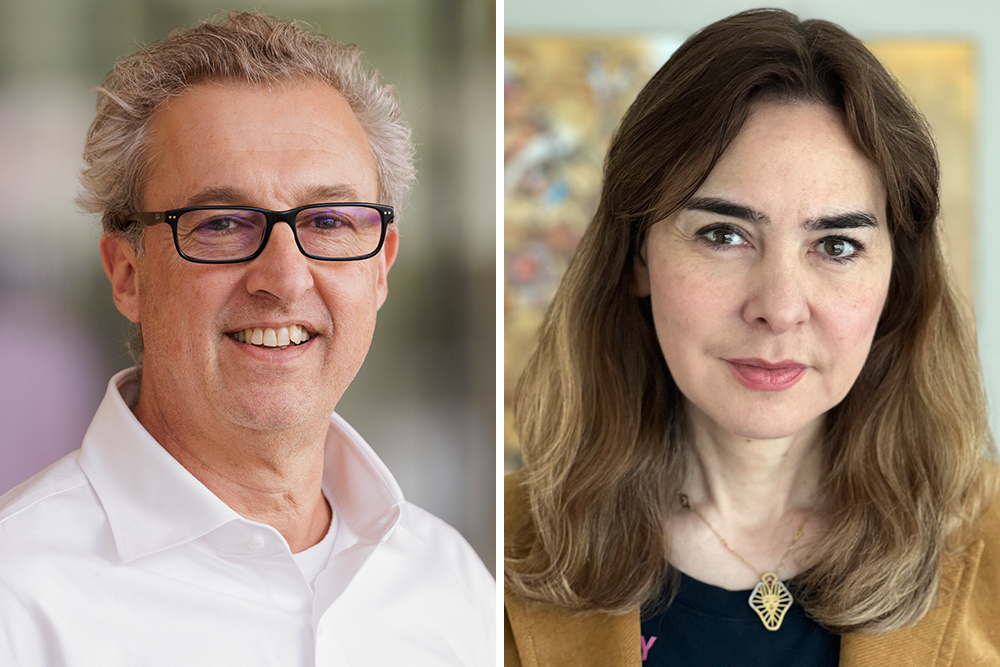
Five with MIT ties elected to National Academy of Medicine for 2025
Professors Facundo Batista and Dina Katabi, along with three additional MIT alumni, are honored for their...
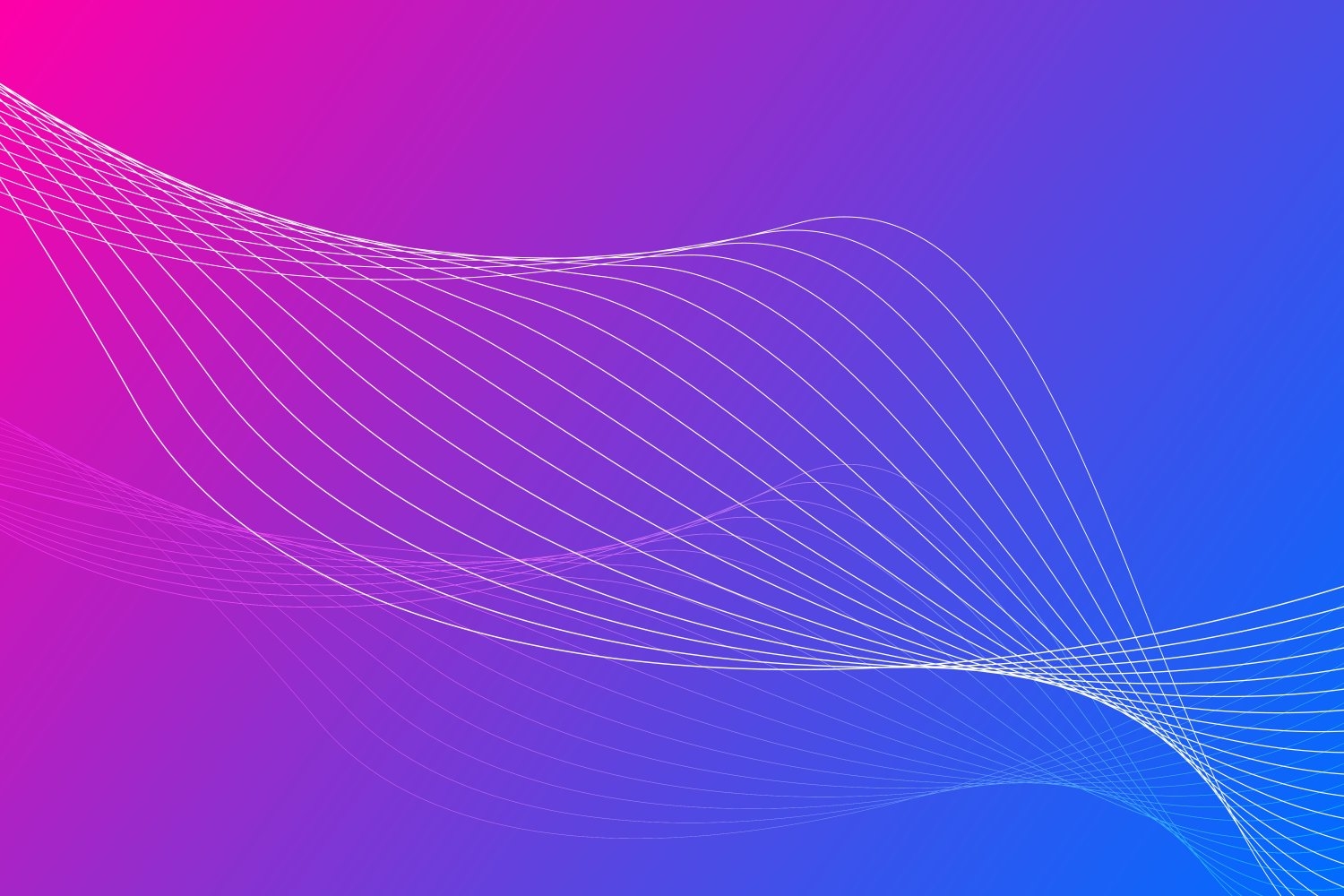
Creating AI that matters
How the MIT-IBM Watson AI Lab is shaping AI-sociotechnical systems for the future.

New software designs eco-friendly clothing that can reassemble into new items
To reduce waste, the Refashion program helps users create outlines for adaptable clothing, such as pants...

Method teaches generative AI models to locate personalized objects
After being trained with this technique, vision-language models can better identify a unique item in...
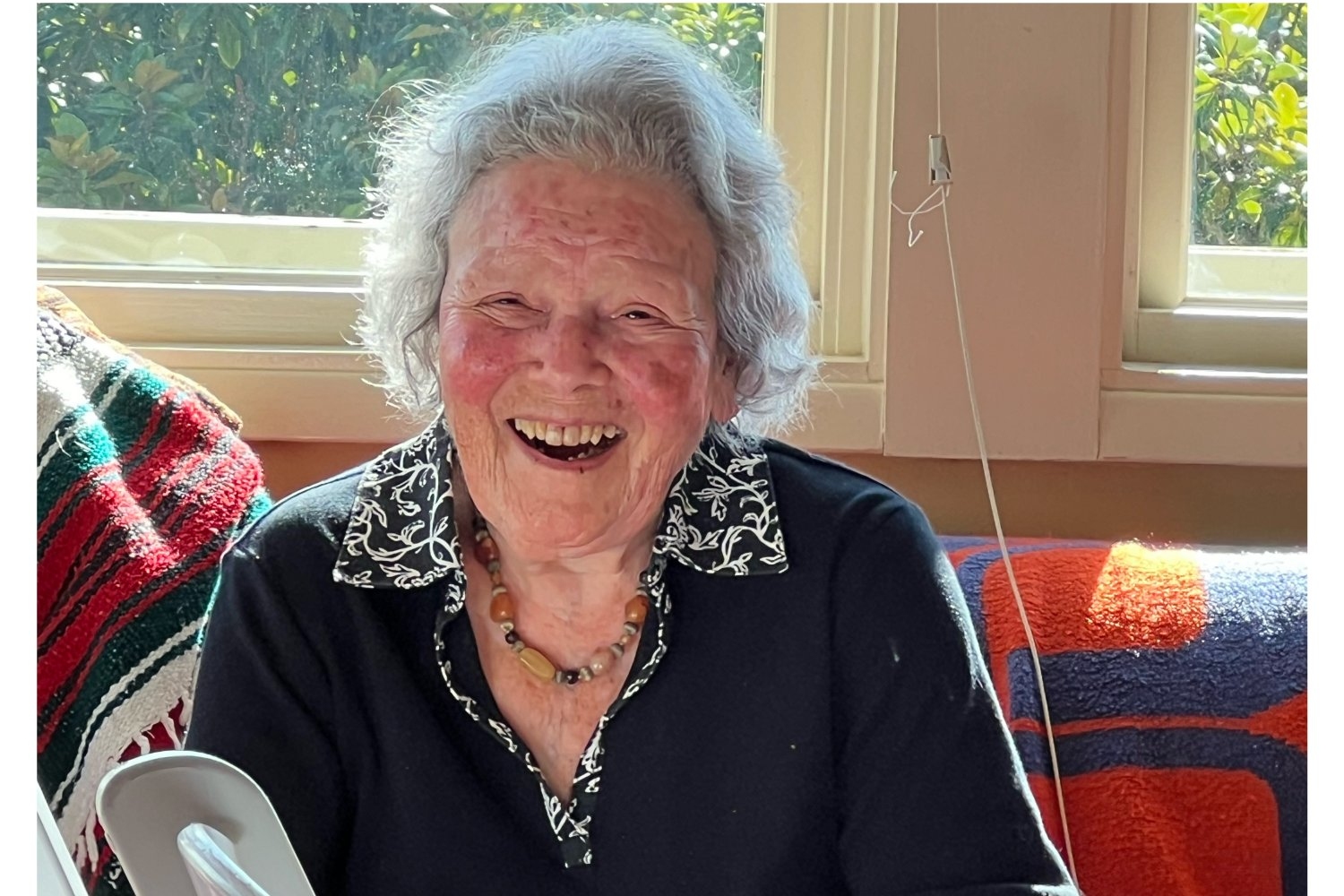
Remembering Professor Emerita Jeanne Shapiro Bamberger, a pioneer in music education
The former department chair was an early innovator in the use of artificial intelligence to both study...

Blending neuroscience, AI, and music to create mental health innovations
Media Lab PhD student Kimaya Lecamwasam researches how music can shape well-being.

Optimizing food subsidies: Applying digital platforms to maximize nutrition
An algorithm can change the face of food assistance policy in the Global South, says MIT assistant professor...

Checking the quality of materials just got easier with a new AI tool
Acting as a “virtual spectrometer,” SpectroGen generates spectroscopic data in any modality, such as...

Helping scientists run complex data analyses without writing code
Co-founded by an MIT alumnus, Watershed Bio offers researchers who aren’t software engineers a way to...

Ray Kurzweil ’70 reinforces his optimism in tech progress
Receiving the Robert A. Muh award, the technologist and author heralded a bright future for AI, breakthroughs...

MIT Schwarzman College of Computing and MBZUAI launch international collaboration to shape the future...
The MIT–MBZUAI Collaborative Research Program will unite faculty and students from both institutions...

Using generative AI to diversify virtual training grounds for robots
New tool from MIT CSAIL creates realistic virtual kitchens and living rooms where simulated robots can...

Fighting for the health of the planet with AI
Assistant Professor Priya Donti’s research applies machine learning to optimize renewable energy.
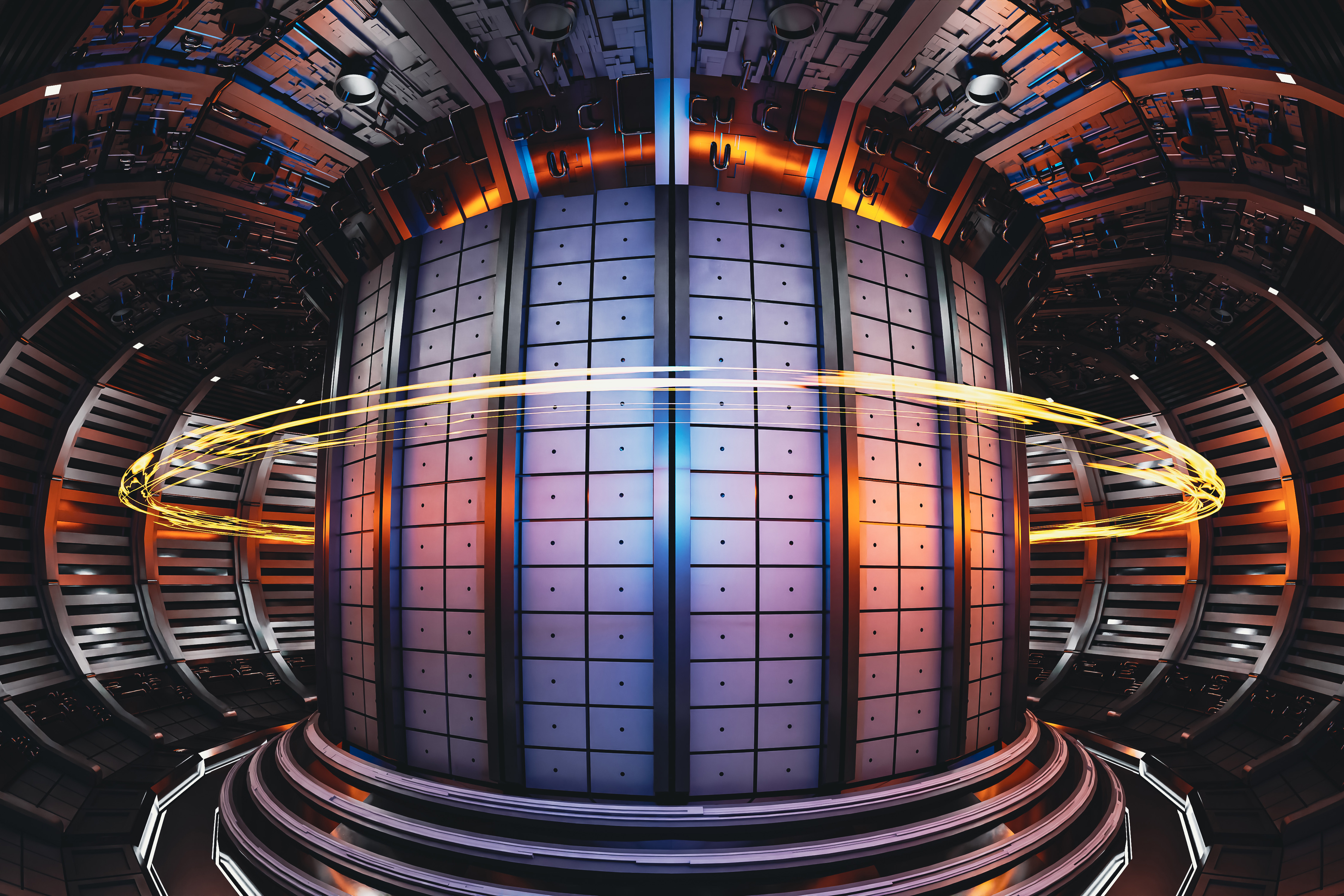
New prediction model could improve the reliability of fusion power plants
The approach combines physics and machine learning to avoid damaging disruptions when powering down tokamak...

Printable aluminum alloy sets strength records, may enable lighter aircraft parts
Incorporating machine learning, MIT engineers developed a way to 3D print alloys that are much stronger...
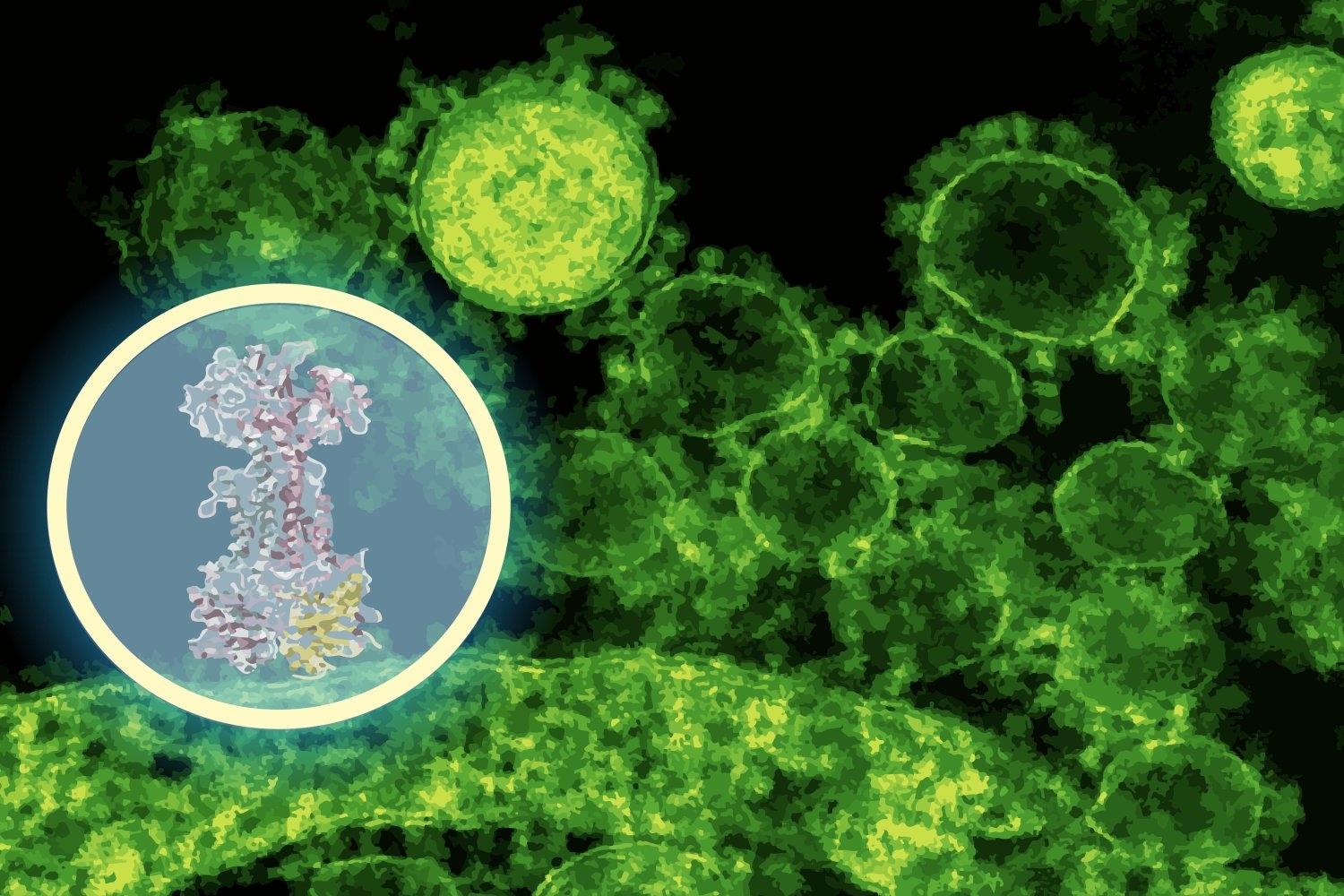
AI maps how a new antibiotic targets gut bacteria
MIT CSAIL and McMaster researchers used a generative AI model to reveal how a narrow-spectrum antibiotic...
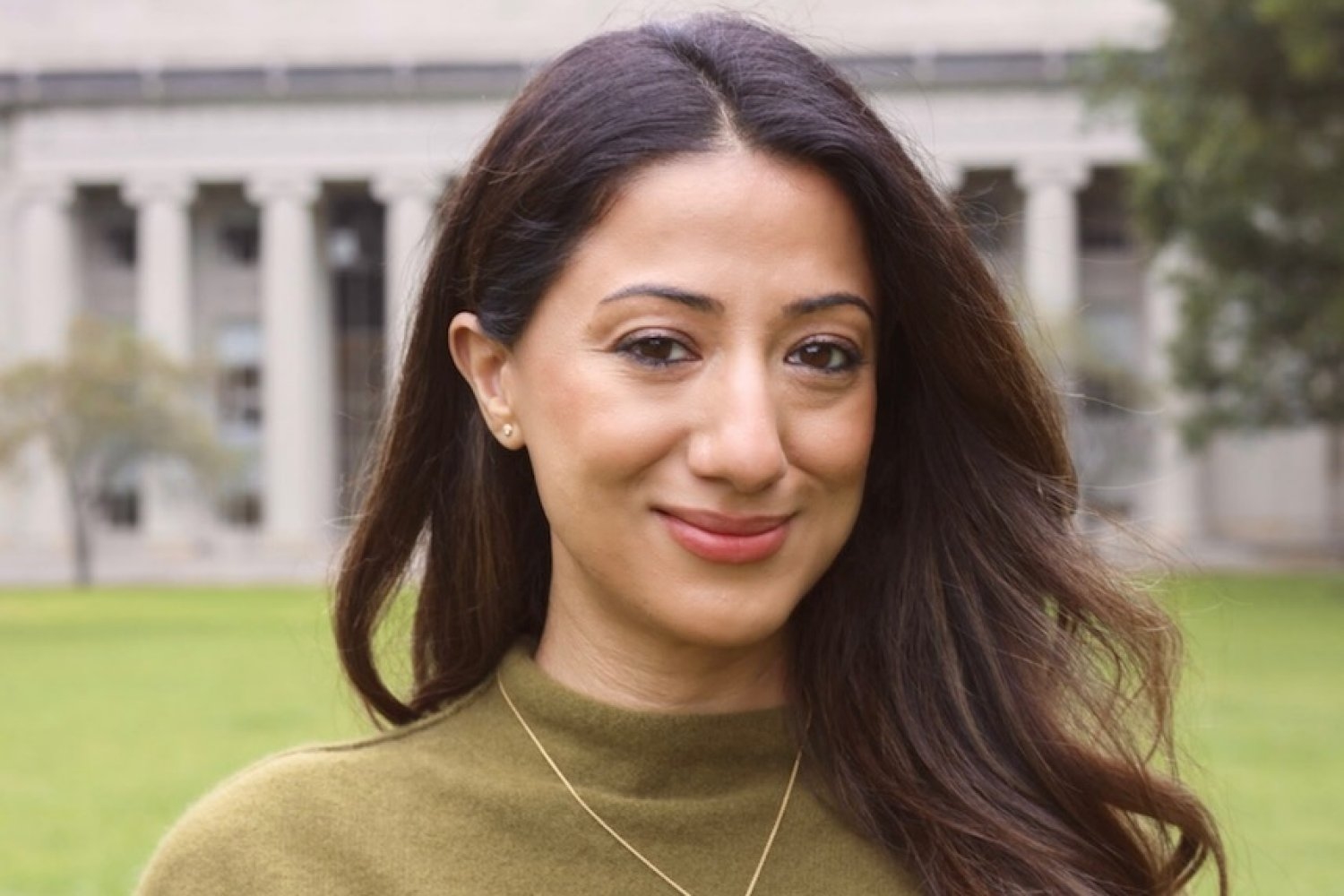
Martin Trust Center for MIT Entrepreneurship welcomes Ana Bakshi as new executive director
Bakshi will help shape and scale entrepreneurship education and platform at MIT.
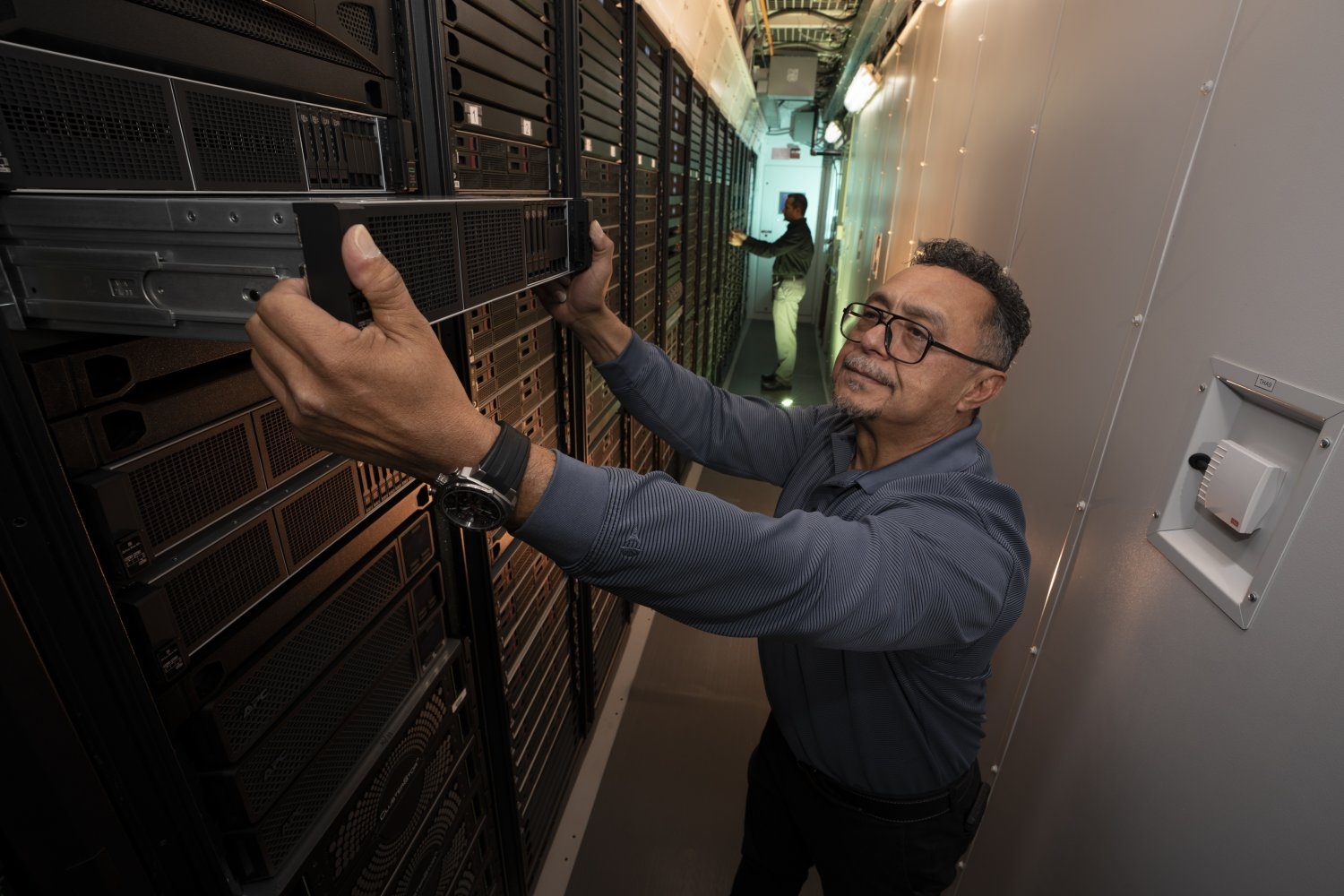
Lincoln Lab unveils the most powerful AI supercomputer at any US university
Optimized for generative AI, TX-GAIN is driving innovation in biodefense, materials discovery, cybersecurity,...
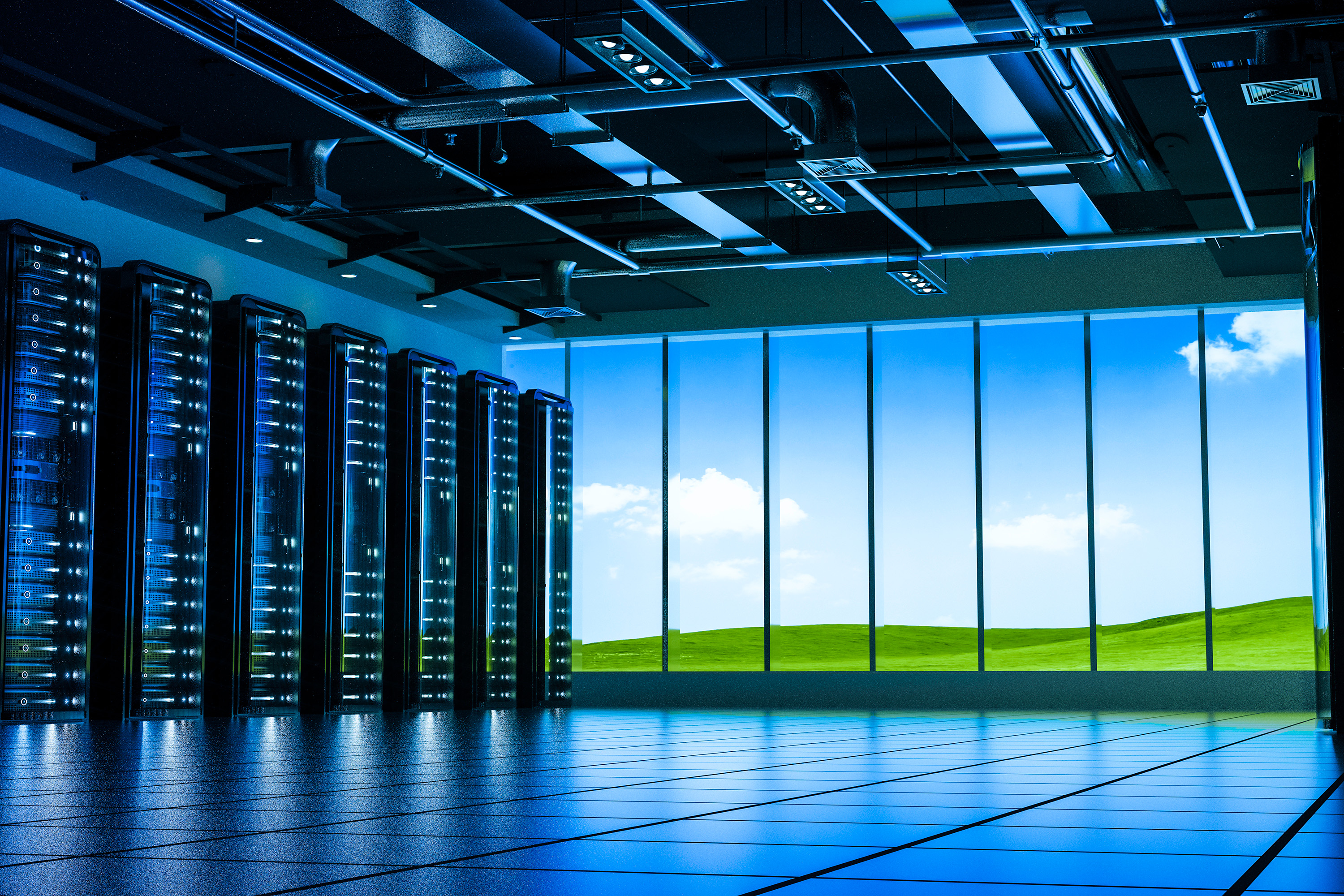
Responding to the climate impact of generative AI
Explosive growth of AI data centers is expected to increase greenhouse gas emissions. Researchers are...

AI system learns from many types of scientific information and runs experiments to discover new mate...
The new “CRESt” platform could help find solutions to real-world energy problems that have plagued the...

New AI system could accelerate clinical research
By enabling rapid annotation of areas of interest in medical images, the tool can help scientists study...
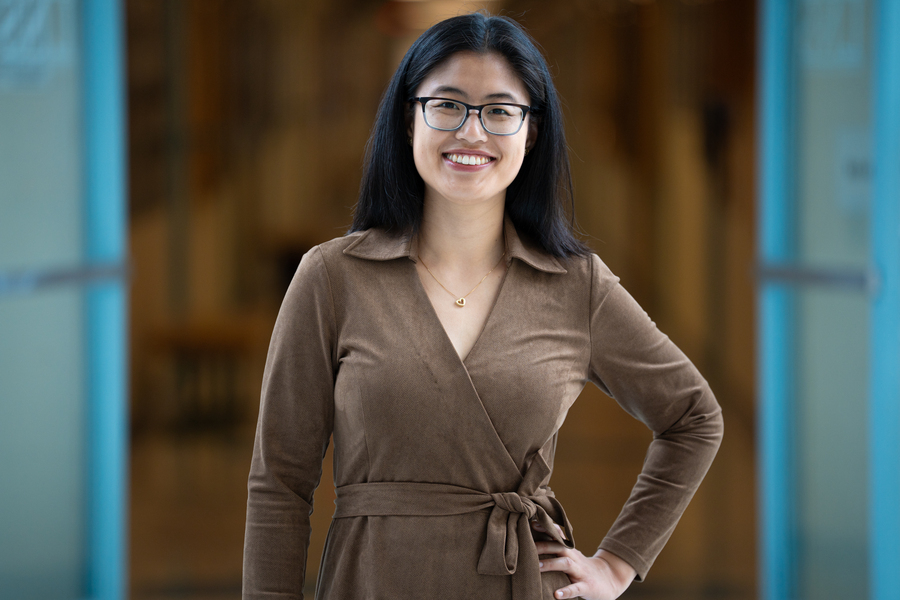
Improving the workplace of the future
Economics doctoral student Whitney Zhang investigates how technologies and organizational decisions shape...
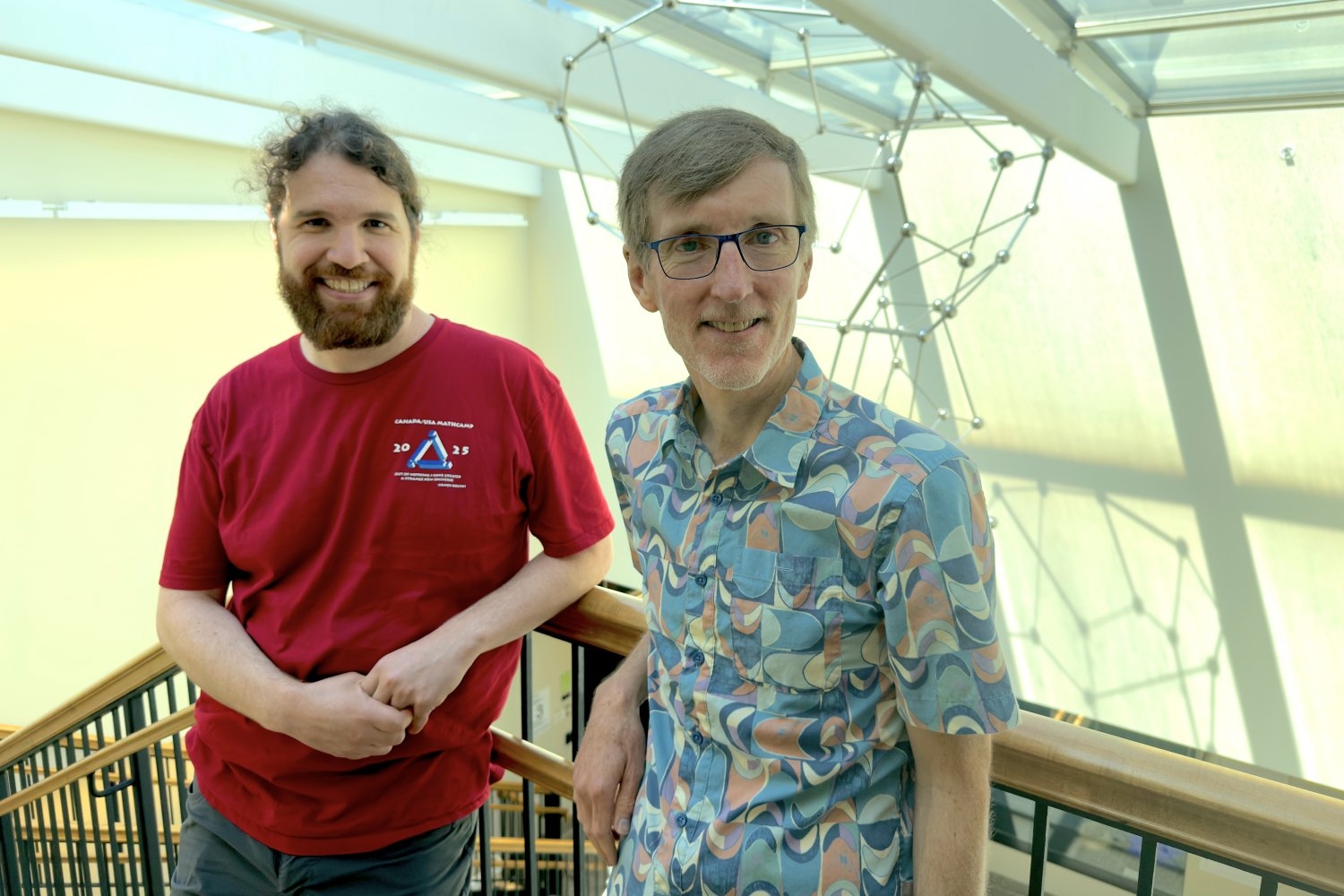
MIT affiliates win AI for Math grants to accelerate mathematical discovery
Department of Mathematics researchers David Roe and Andrew Sutherland seek to advance automated theorem...
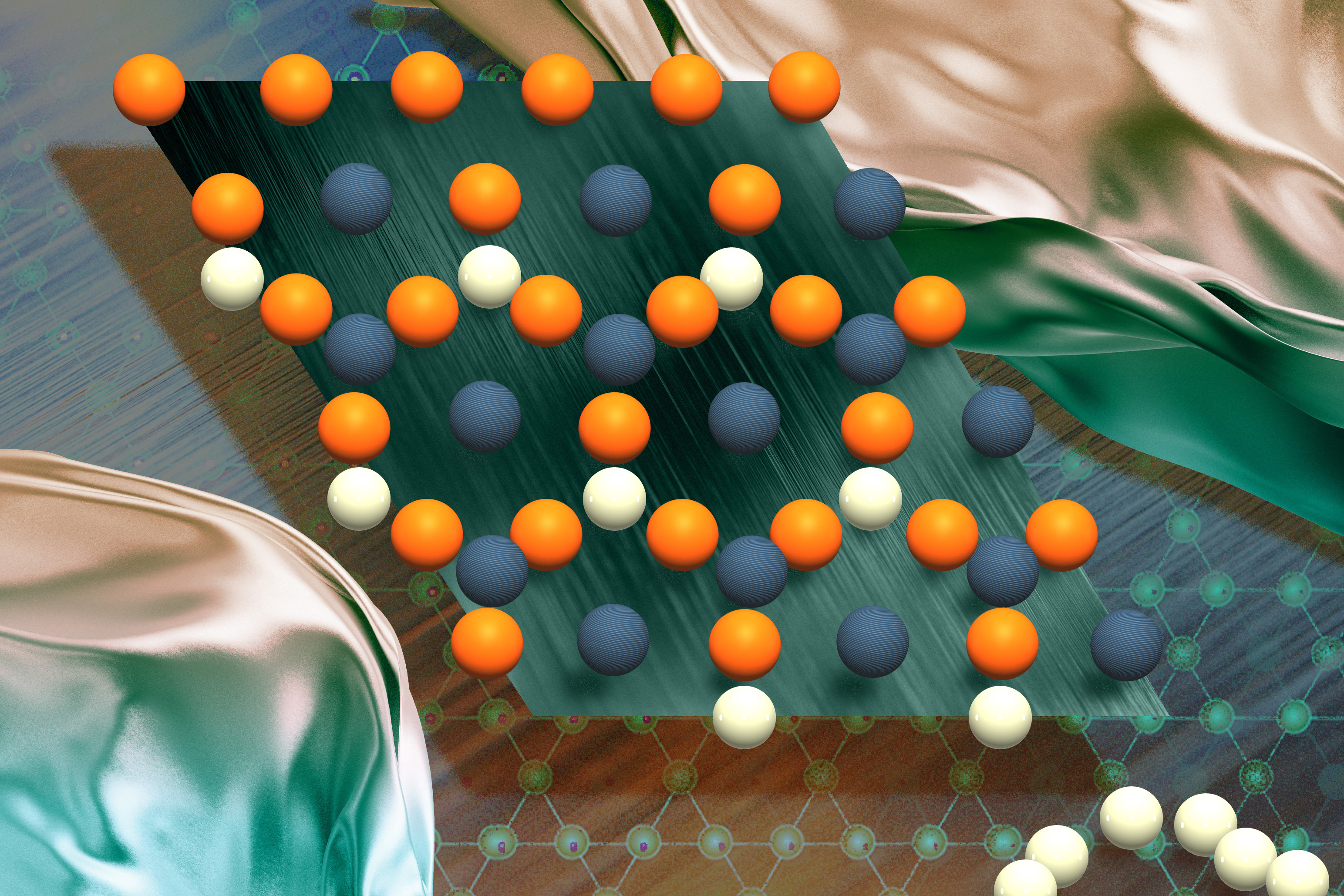
New tool makes generative AI models more likely to create breakthrough materials
With SCIGEN, researchers can steer AI models to create materials with exotic properties for applications...

How are MIT entrepreneurs using AI?
This year’s delta v summer accelerator offered an up-close look at how AI is changing the process of...
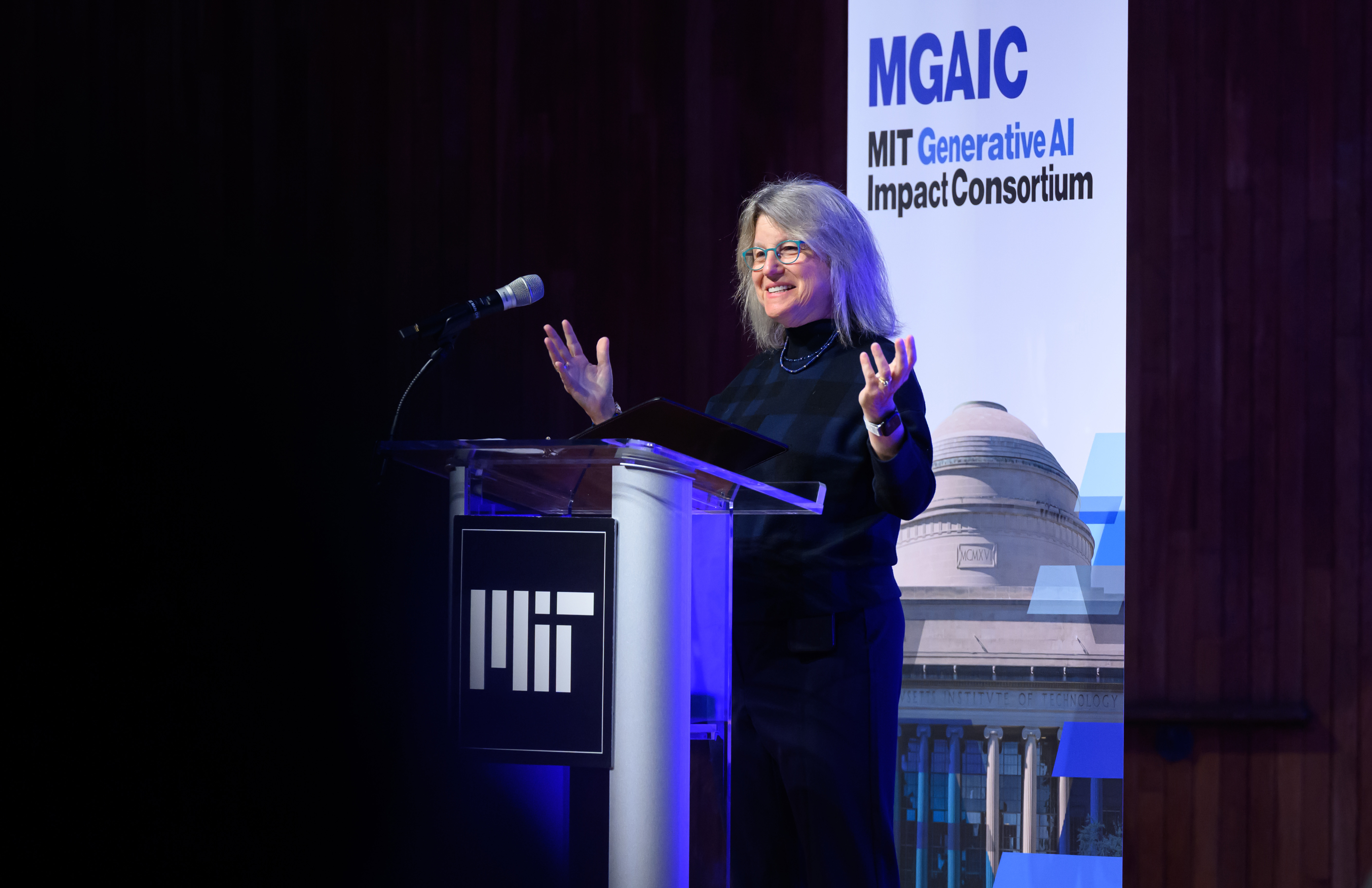
What does the future hold for generative AI?
At the inaugural MIT Generative AI Impact Consortium Symposium, researchers and business leaders discussed...

How to build AI scaling laws for efficient LLM training and budget maximization
MIT-IBM Watson AI Lab researchers have developed a universal guide for estimating how large language...
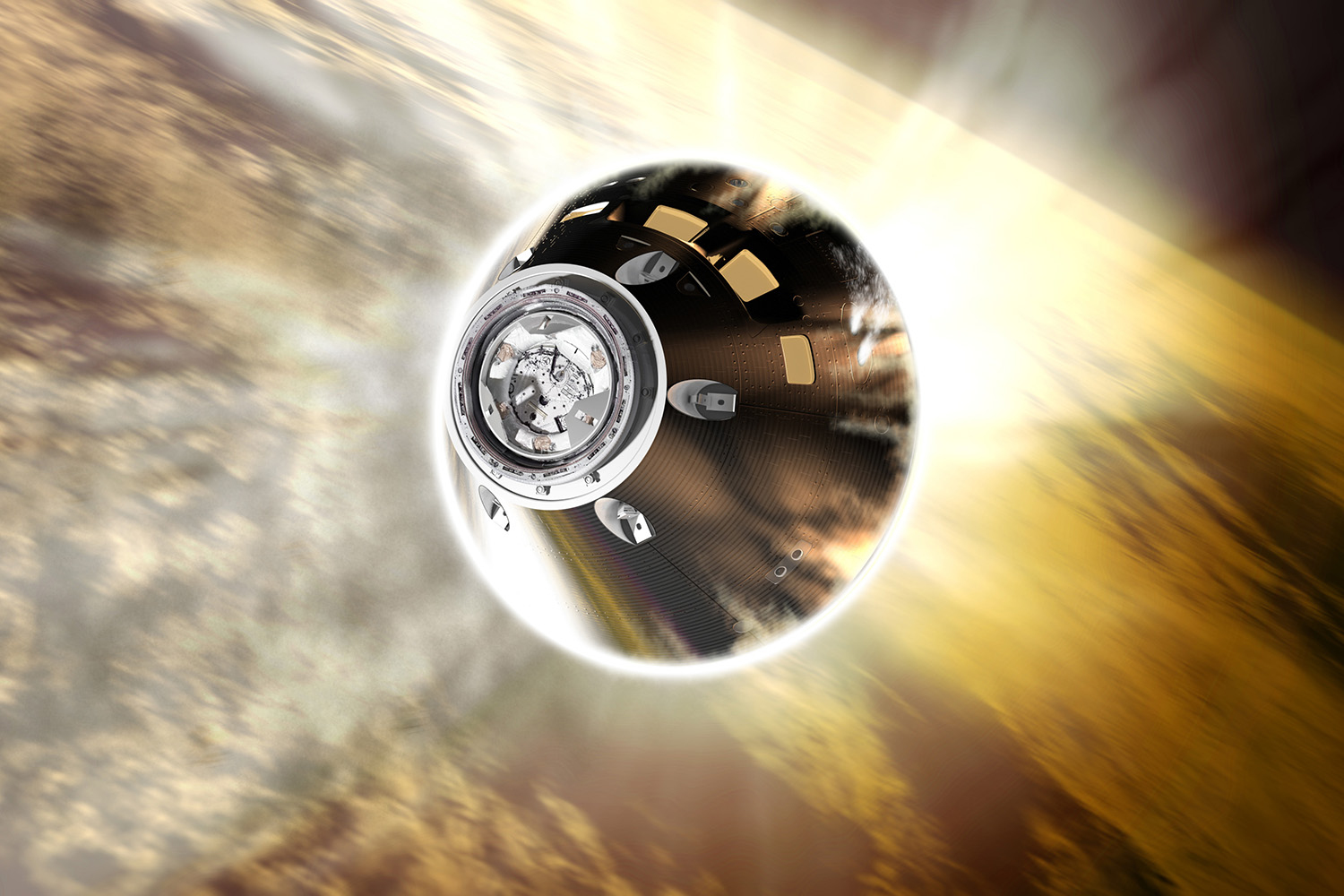
DOE selects MIT to establish a Center for the Exascale Simulation of Coupled High-Enthalpy Fluid–Solid...
The research center, sponsored by the DOE’s National Nuclear Security Administration, will advance the...

AI and machine learning for engineering design
Popular mechanical engineering course applies machine learning and AI theory to real-world engineering...
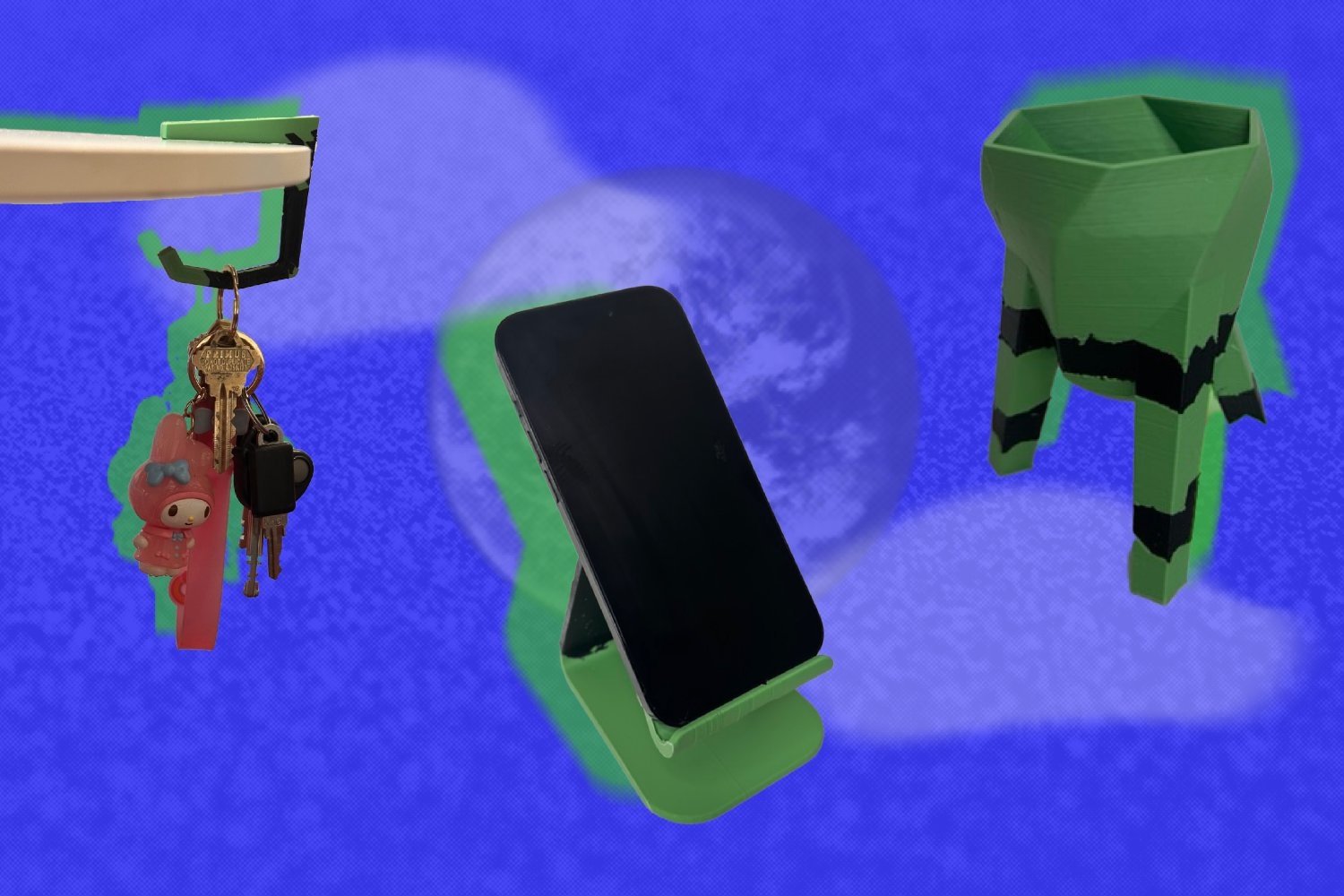
A greener way to 3D print stronger stuff
MIT CSAIL researchers developed SustainaPrint, a system that reinforces only the weakest zones of eco-friendly...
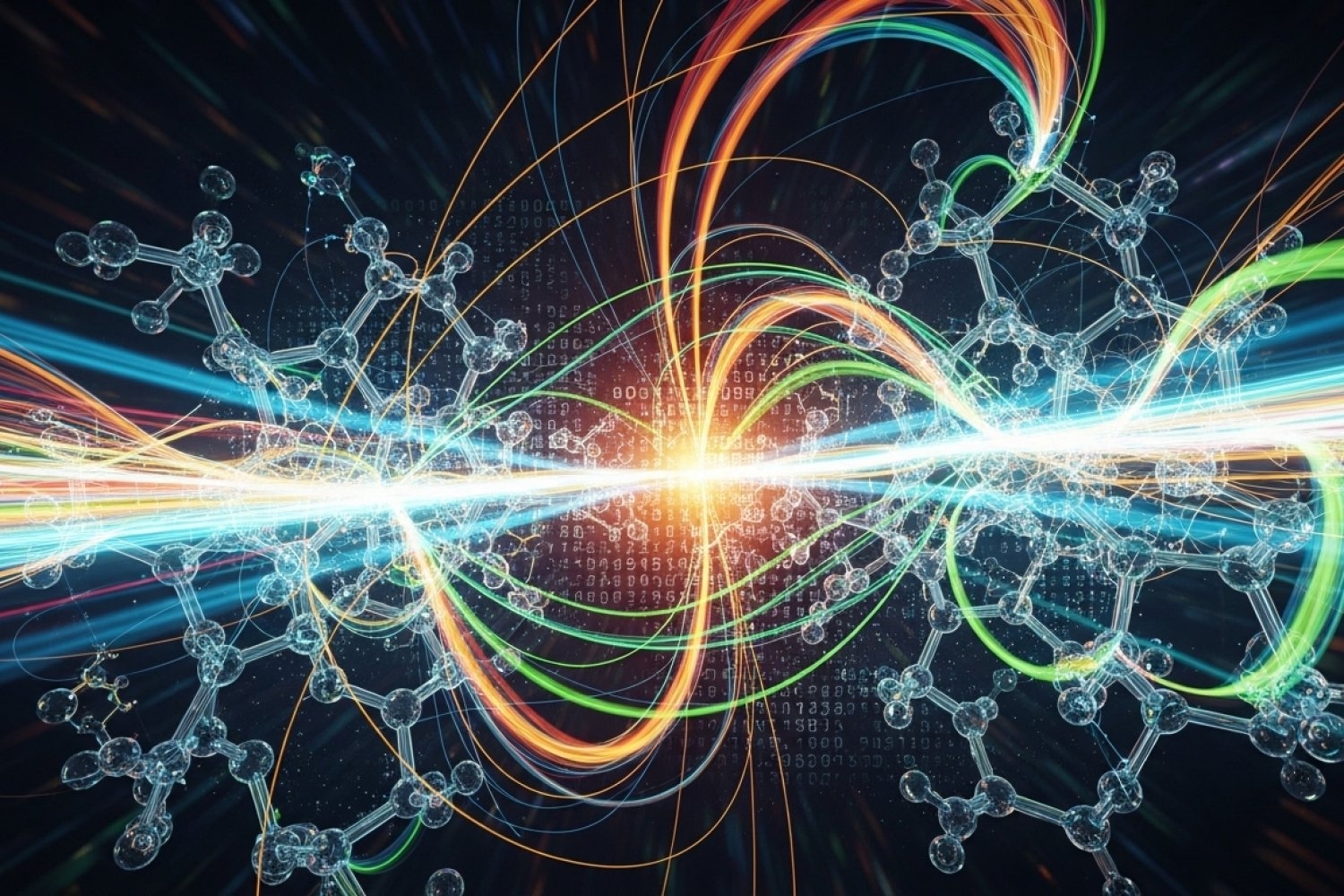
A new generative AI approach to predicting chemical reactions
System developed at MIT could provide realistic predictions for a wide variety of reactions, while maintaining...
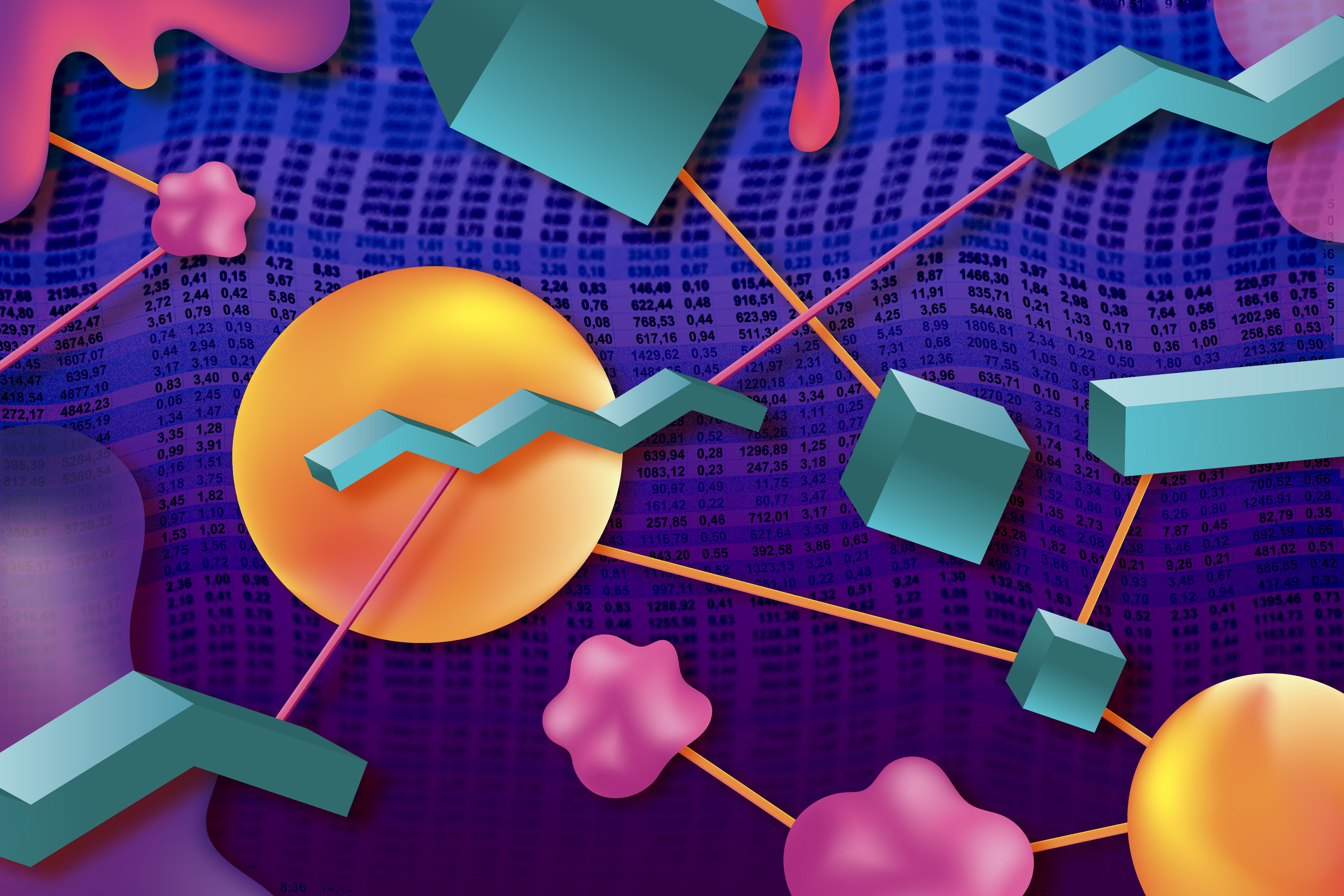
3 Questions: The pros and cons of synthetic data in AI
Artificially created data offer benefits from cost savings to privacy preservation, but their limitations...
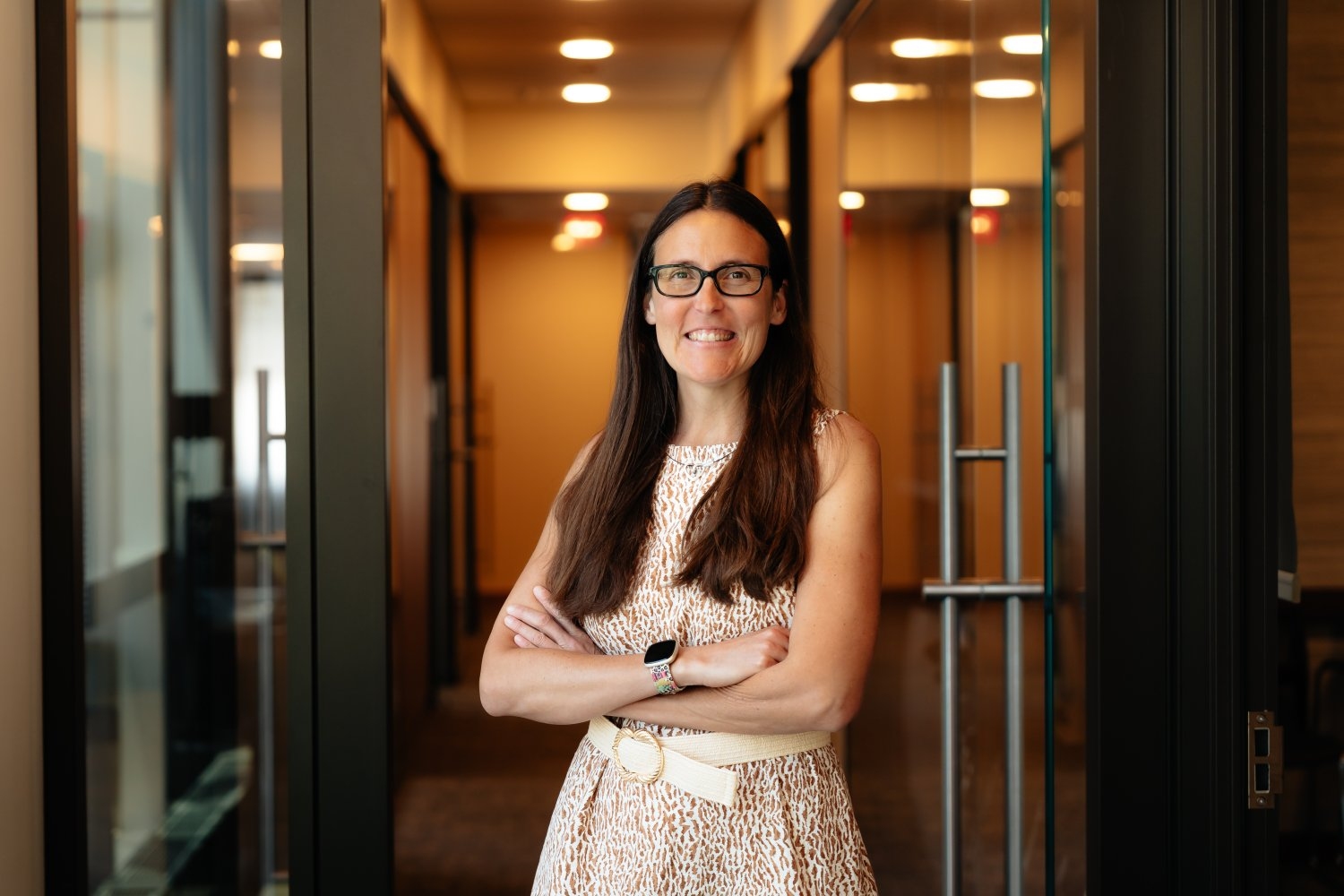
3 Questions: On biology and medicine’s “data revolution”
Professor Caroline Uhler discusses her work at the Schmidt Center, thorny problems in math, and the ongoing...

MIT researchers develop AI tool to improve flu vaccine strain selection
VaxSeer uses machine learning to predict virus evolution and antigenicity, aiming to make vaccine selection...

Simpler models can outperform deep learning at climate prediction
New research shows the natural variability in climate data can cause AI models to struggle at predicting...

